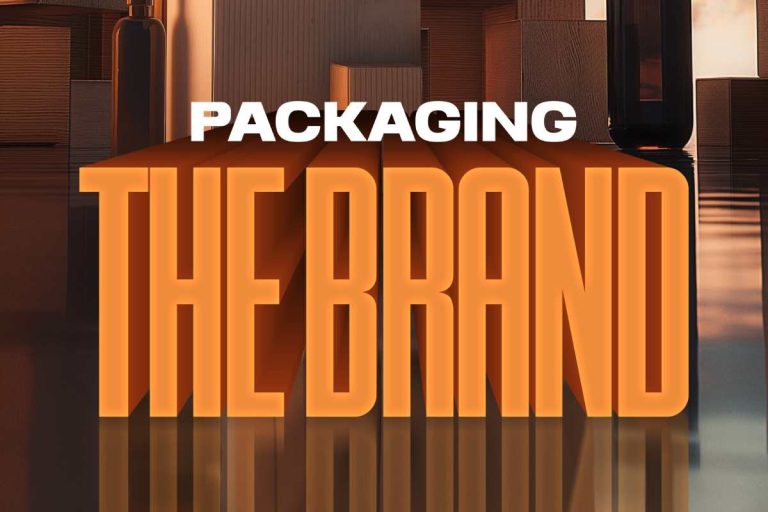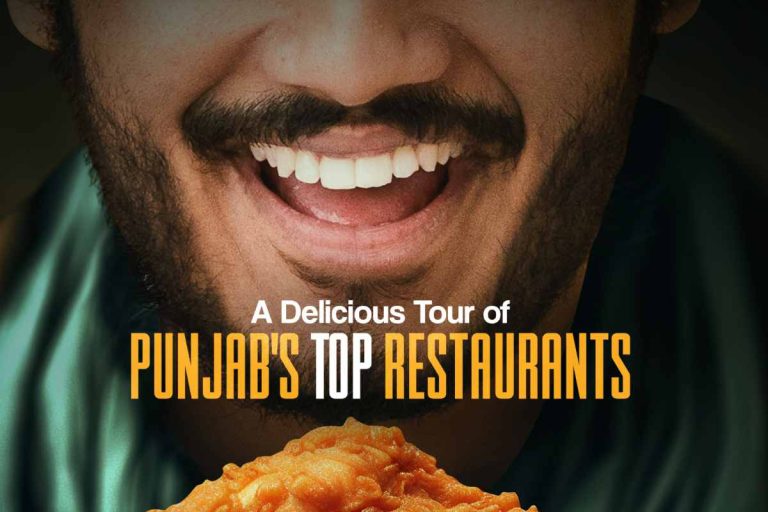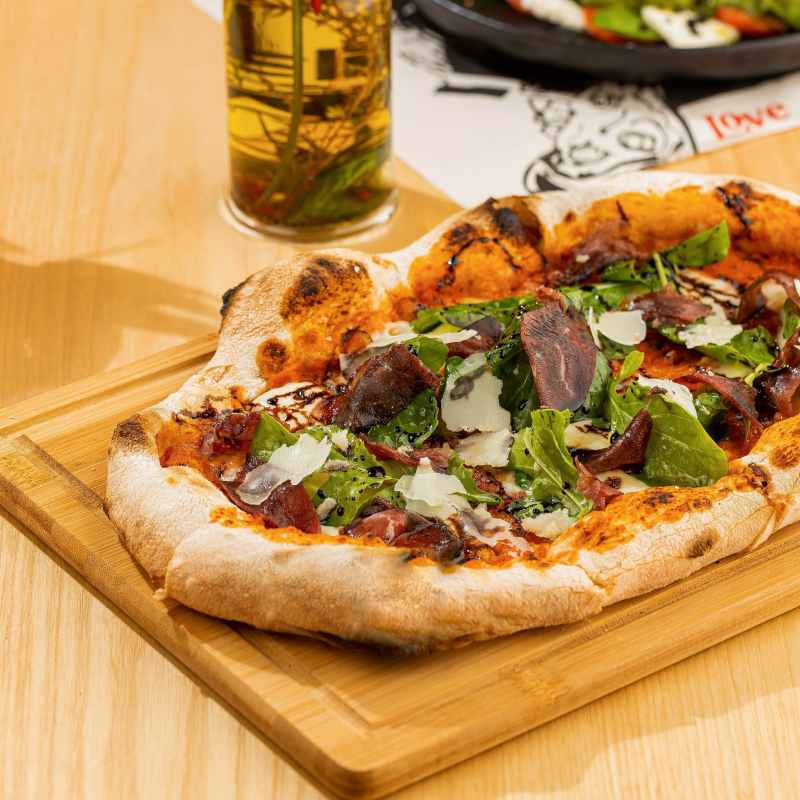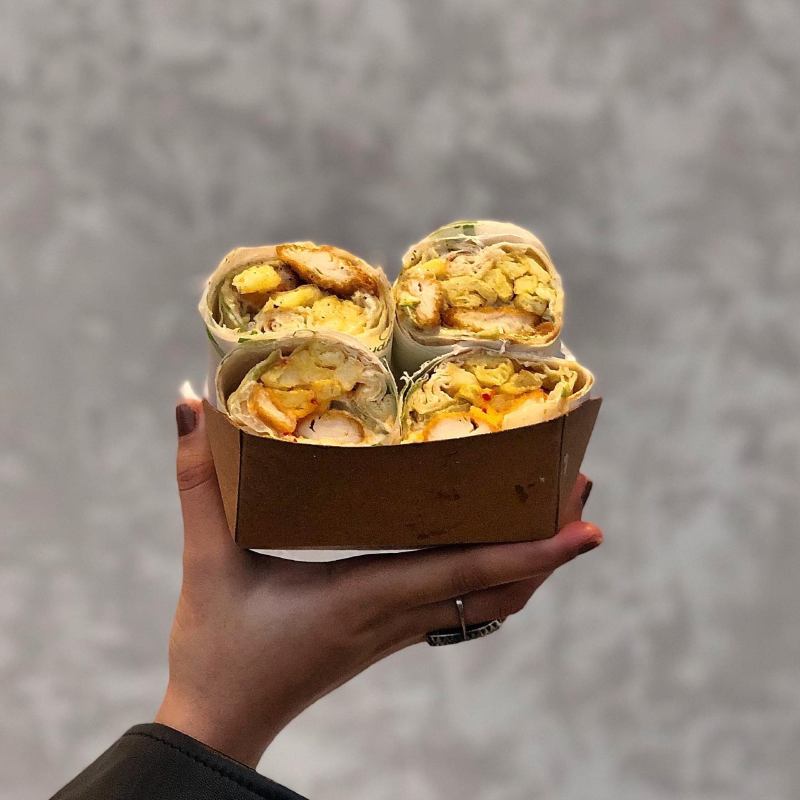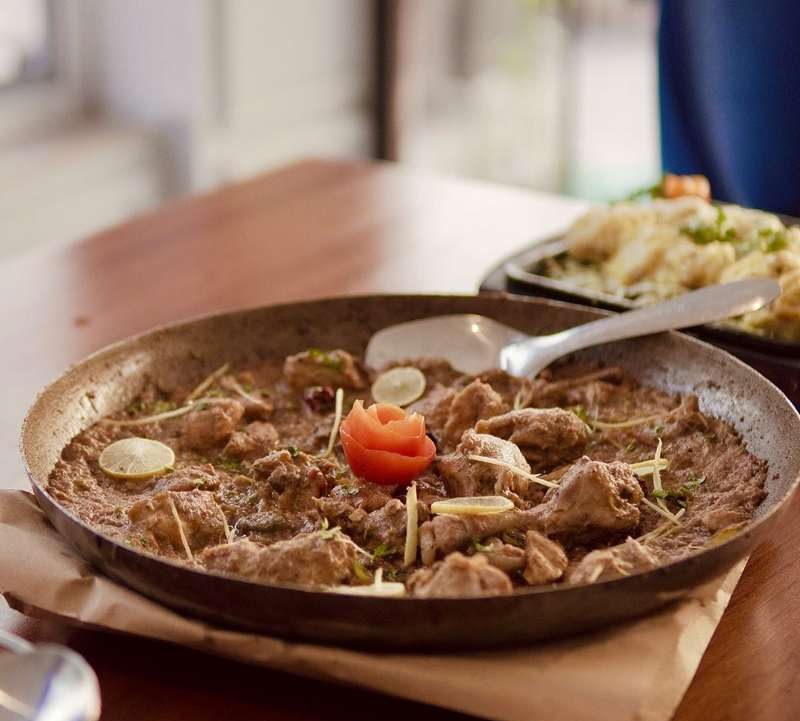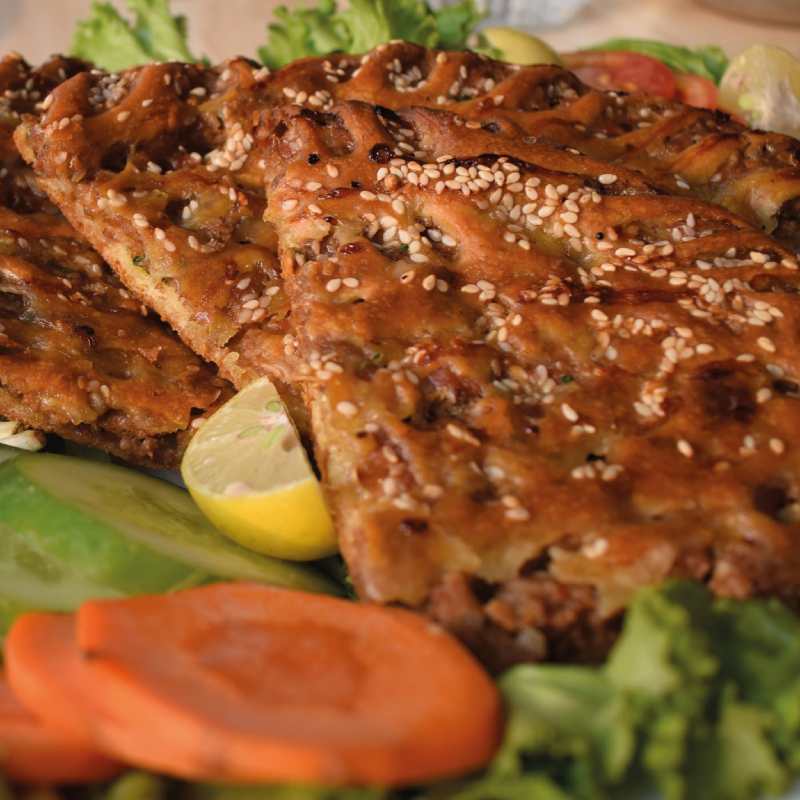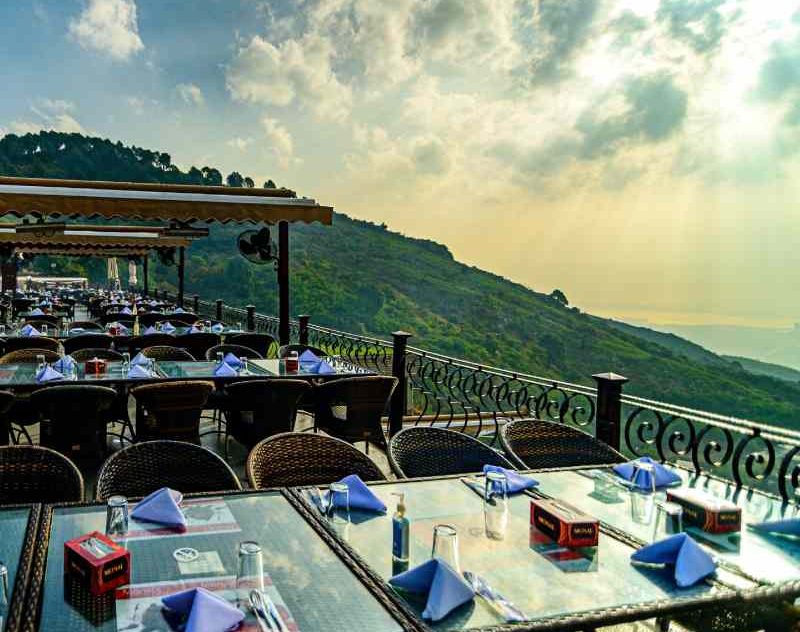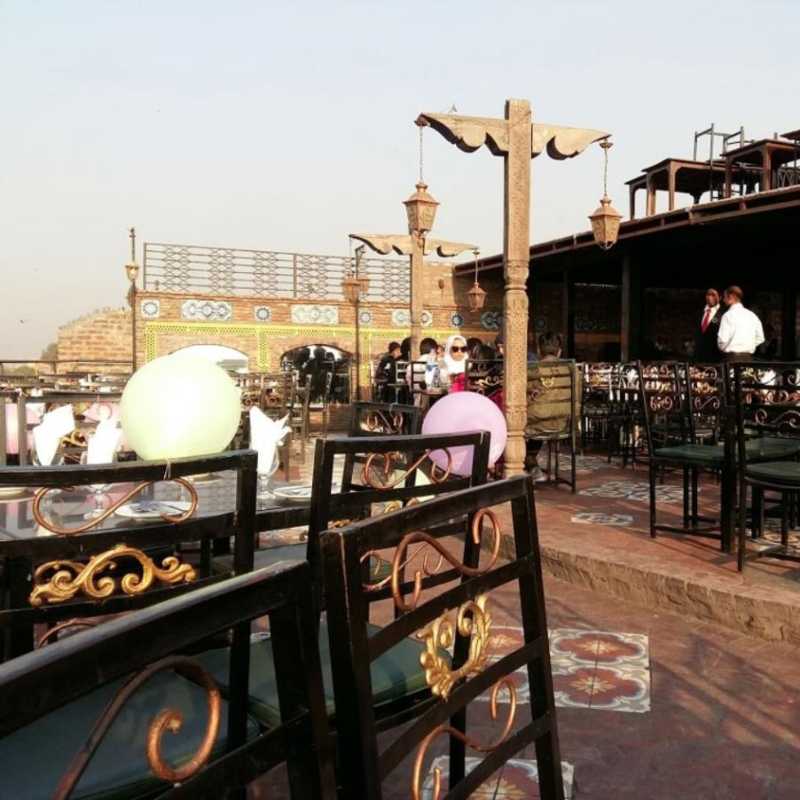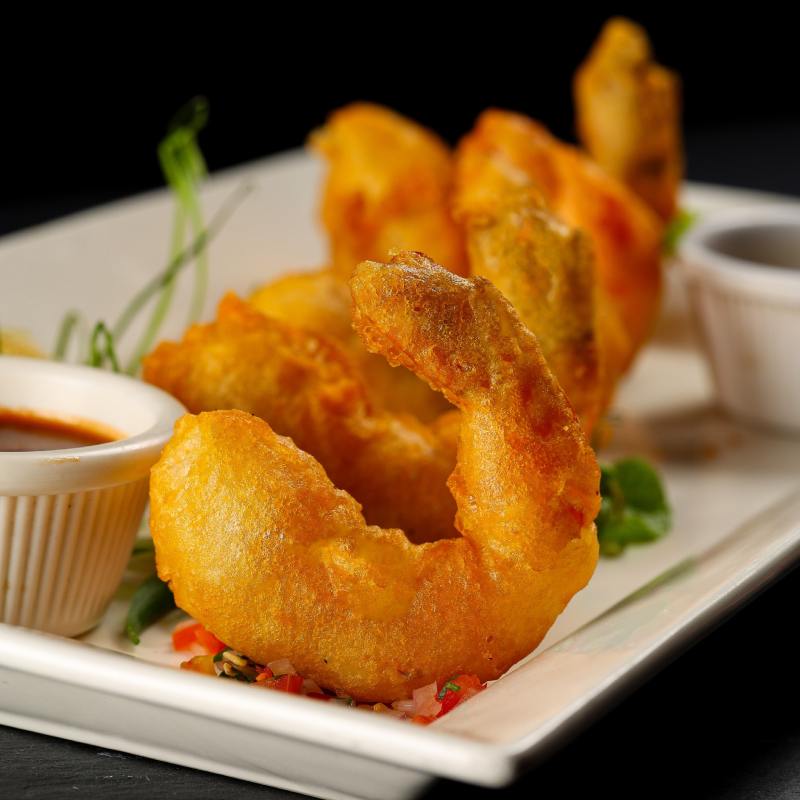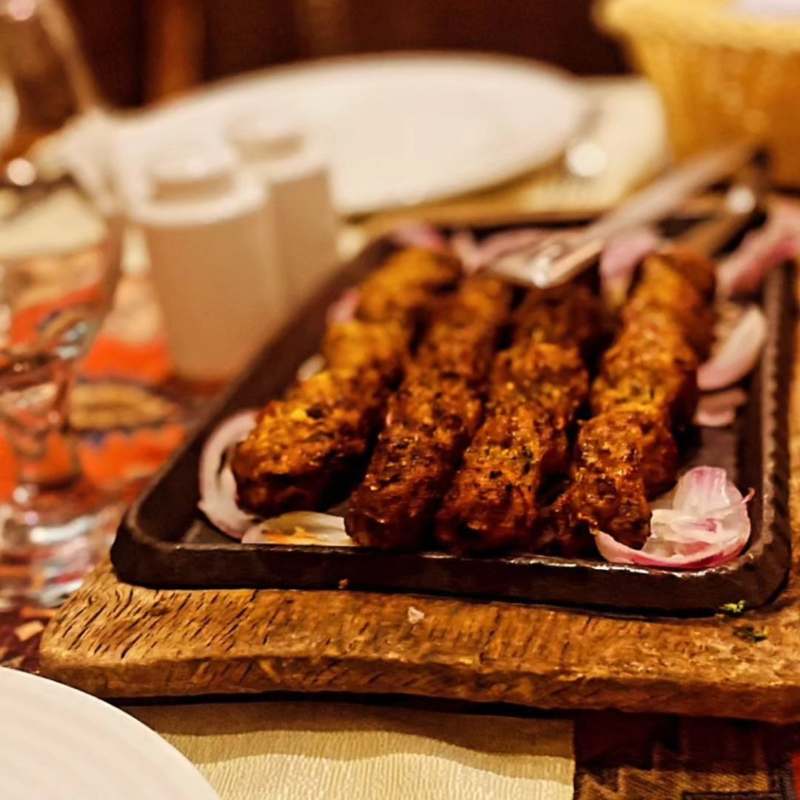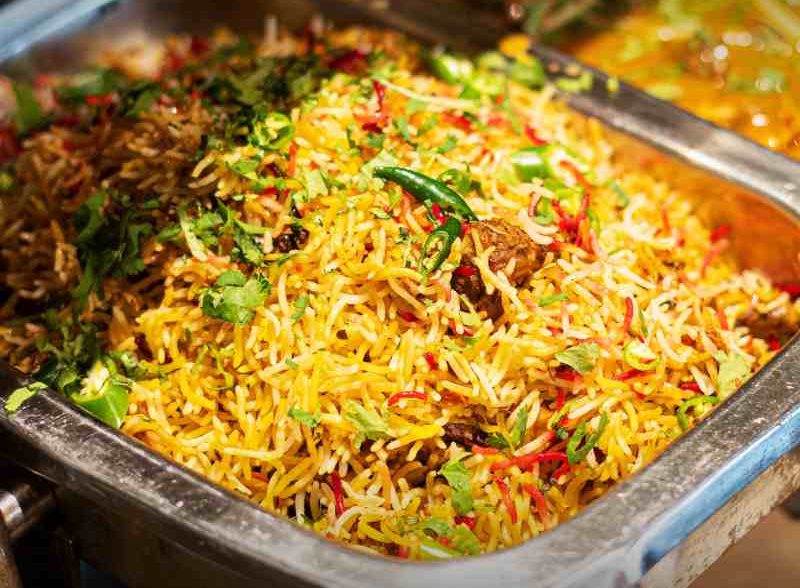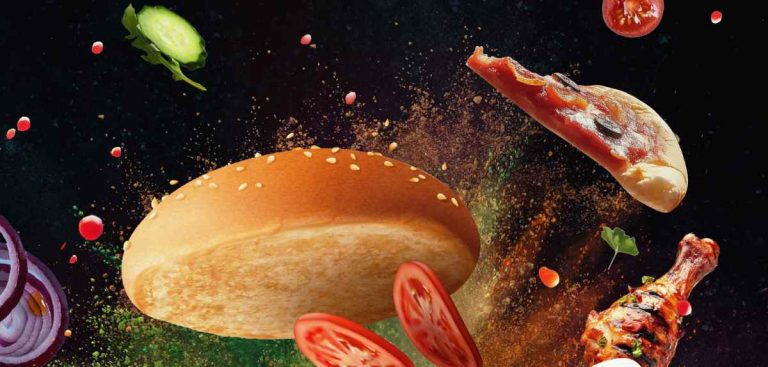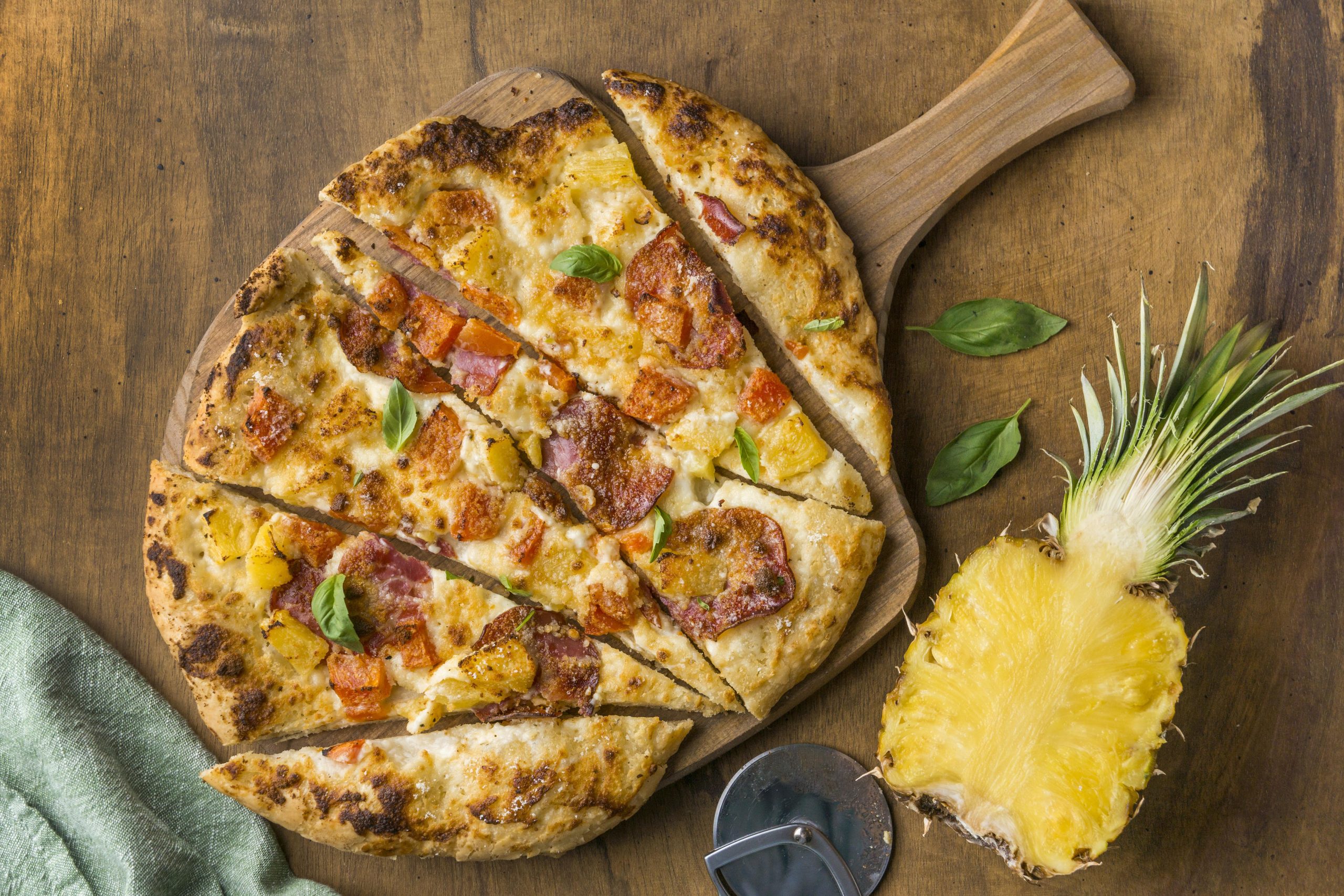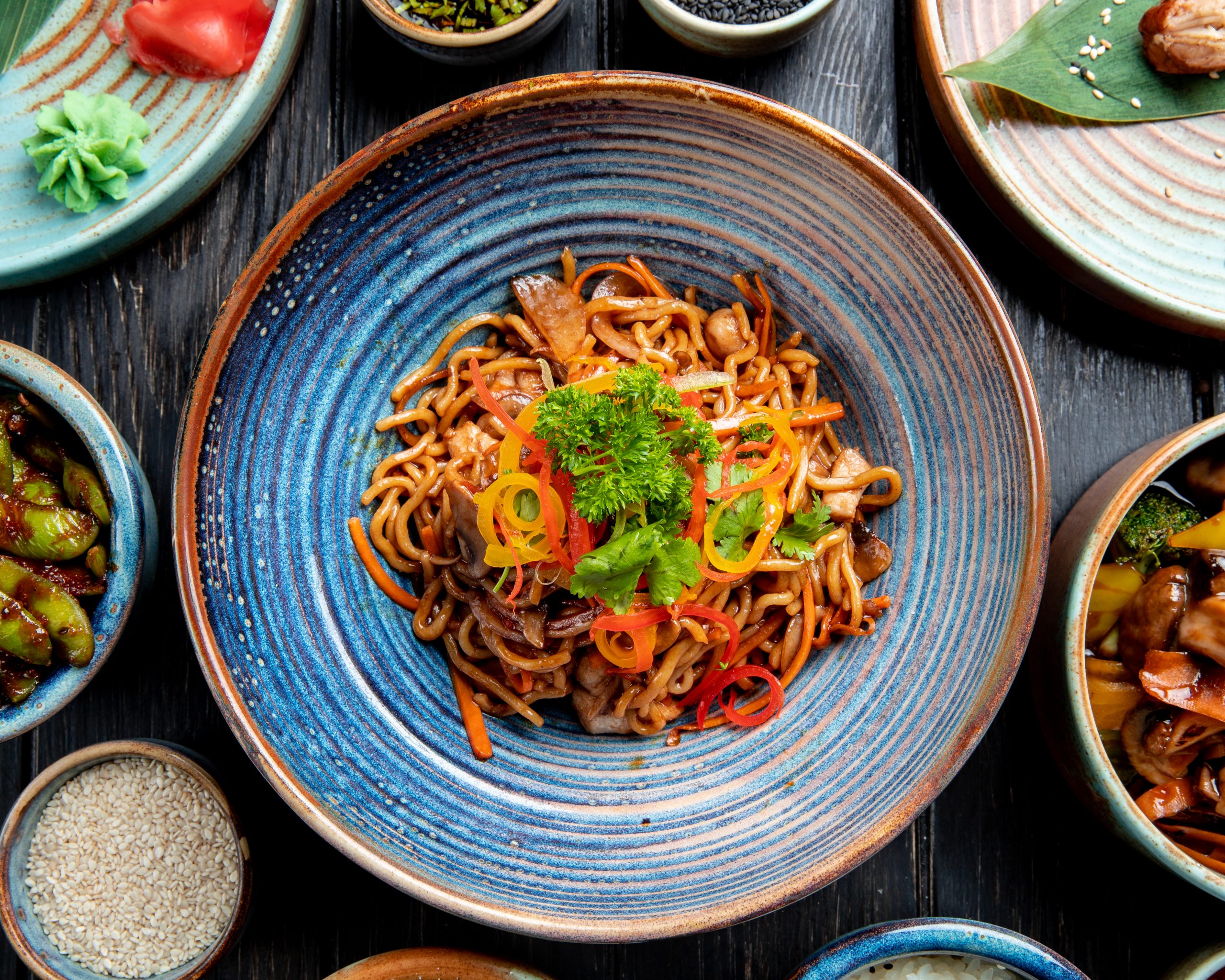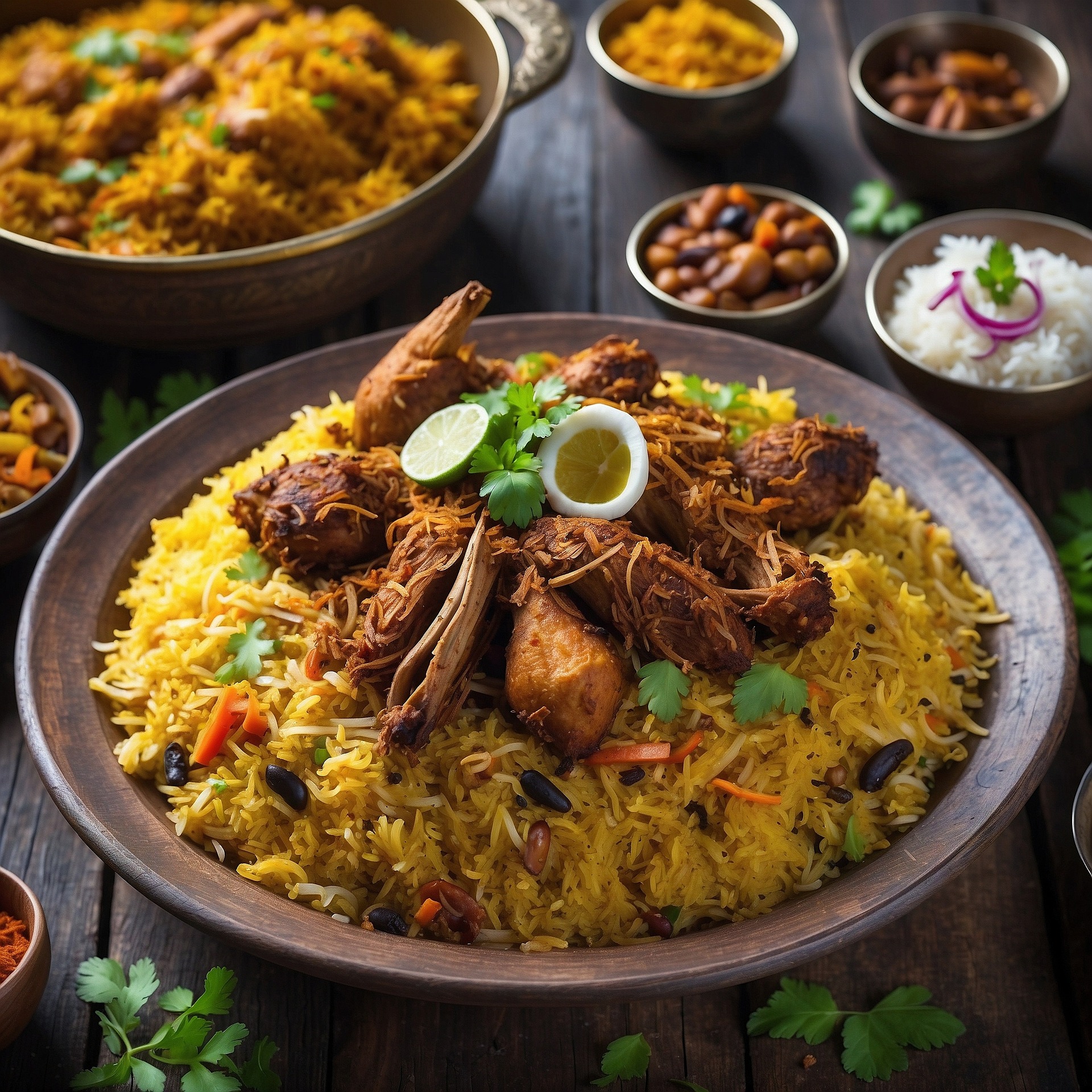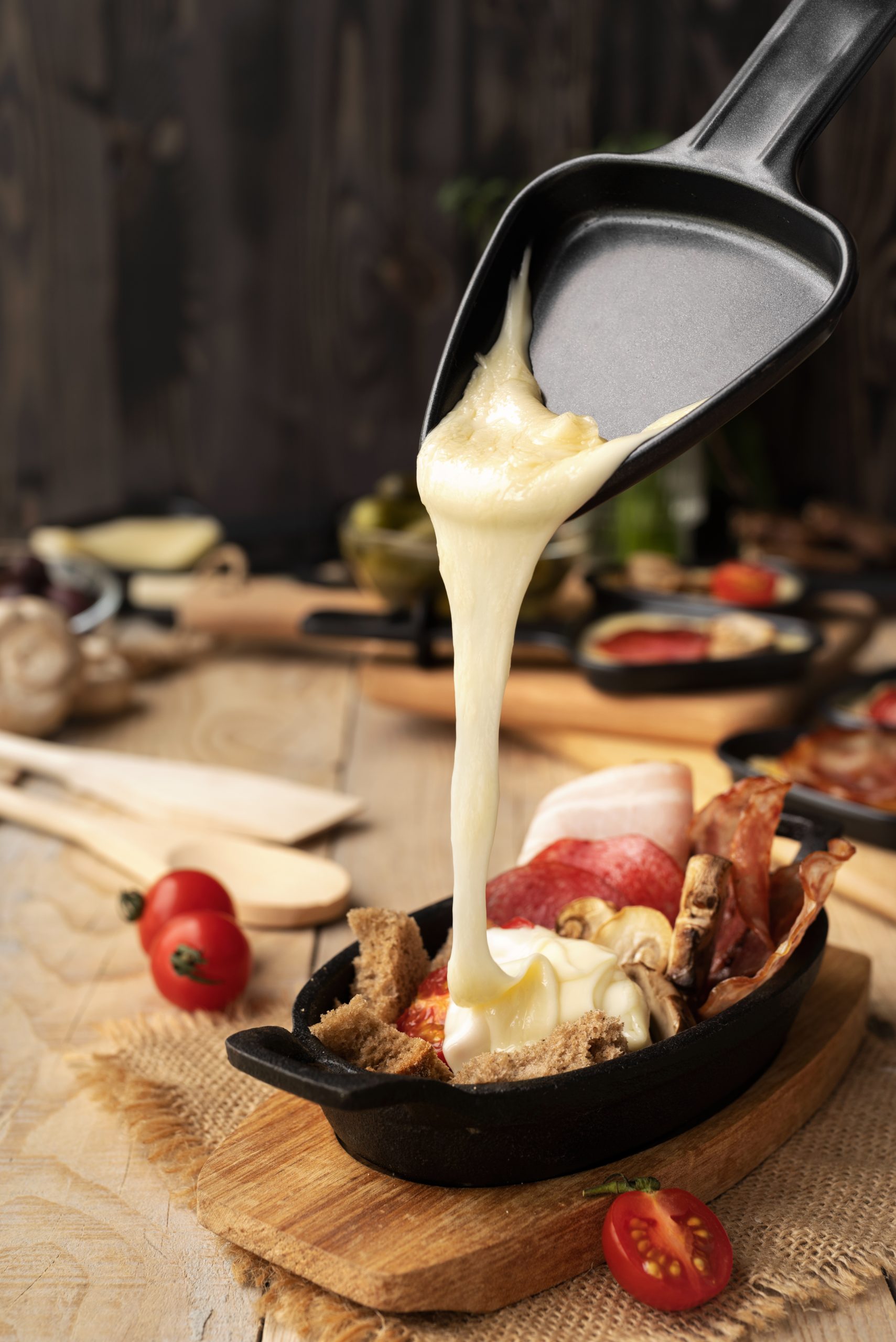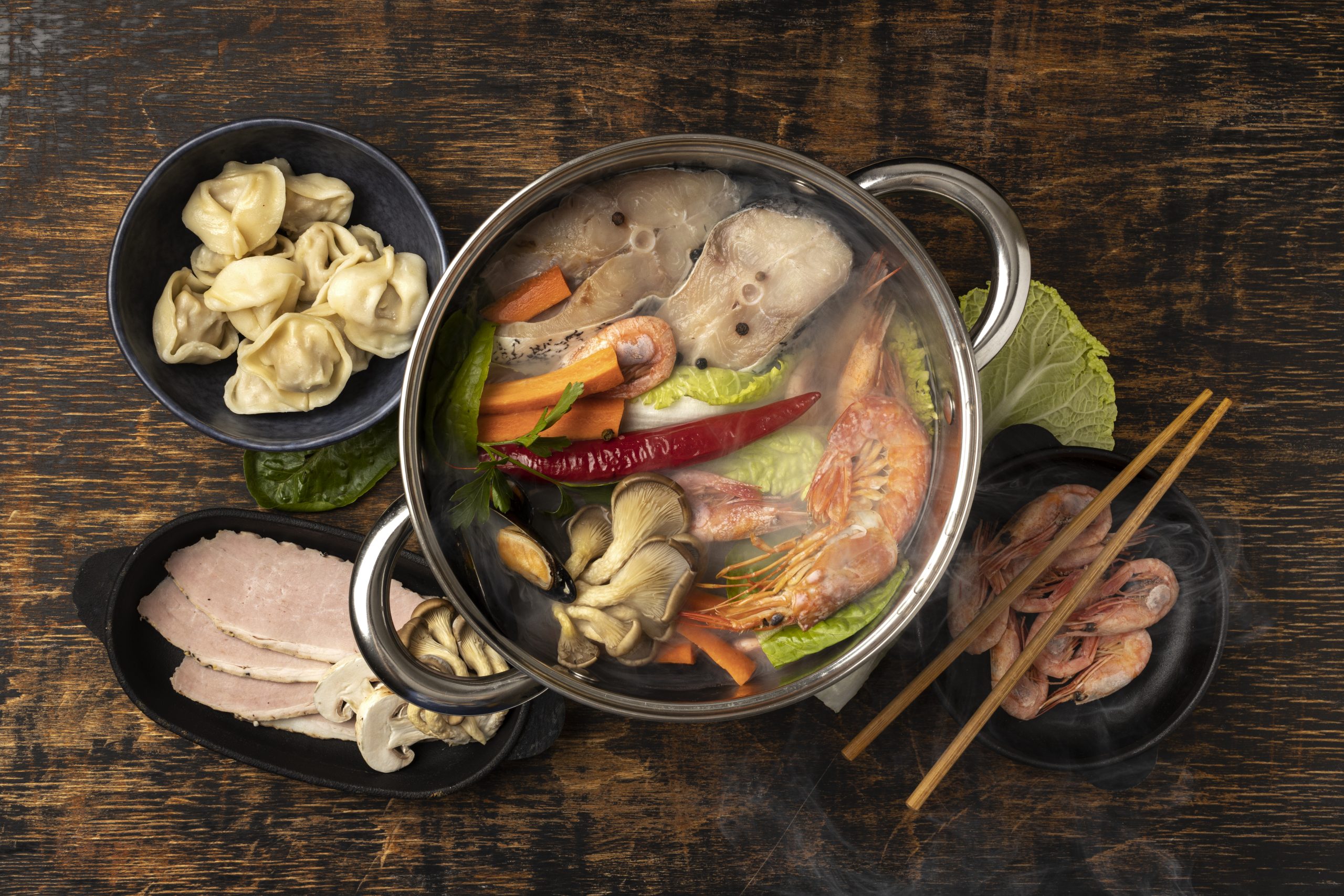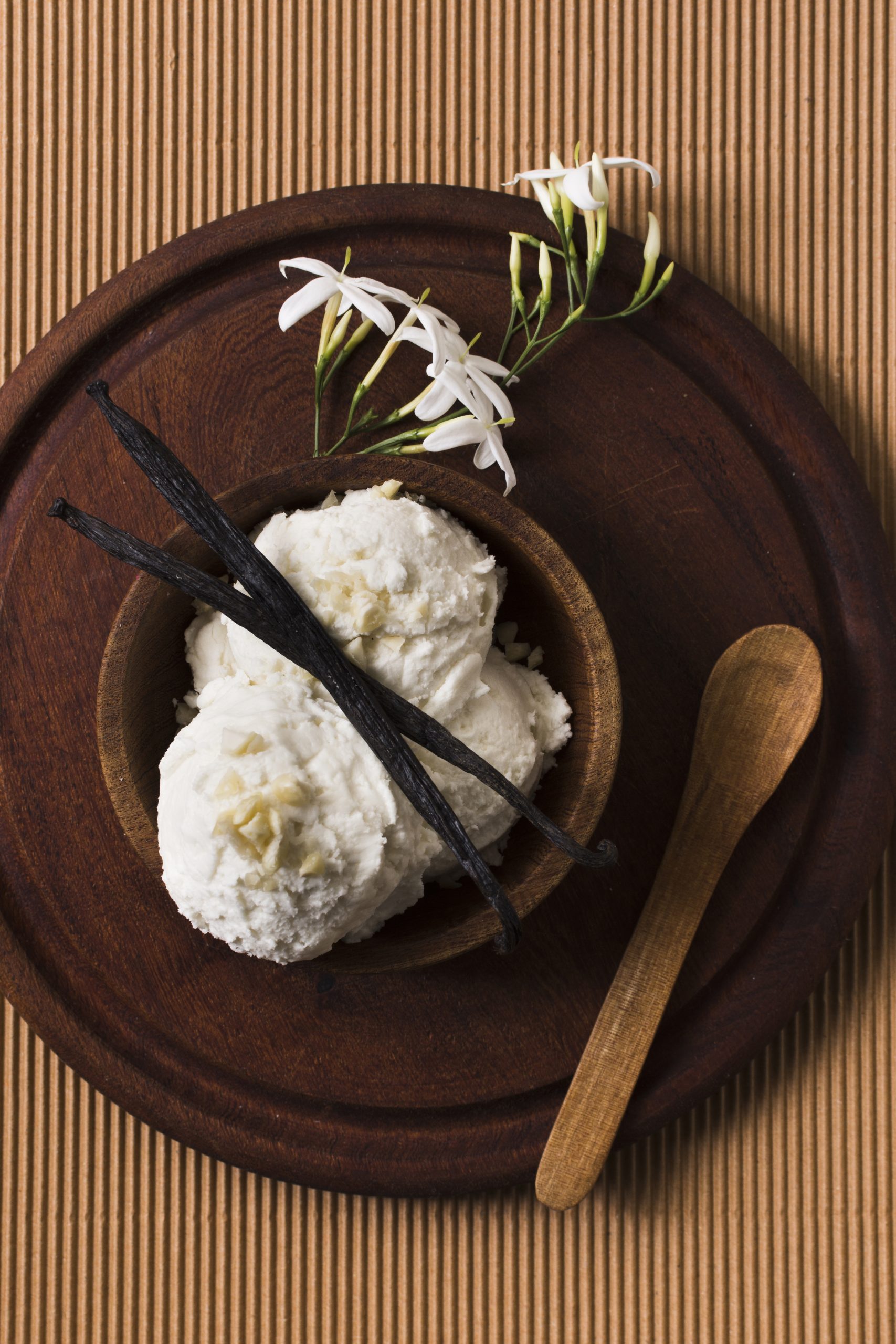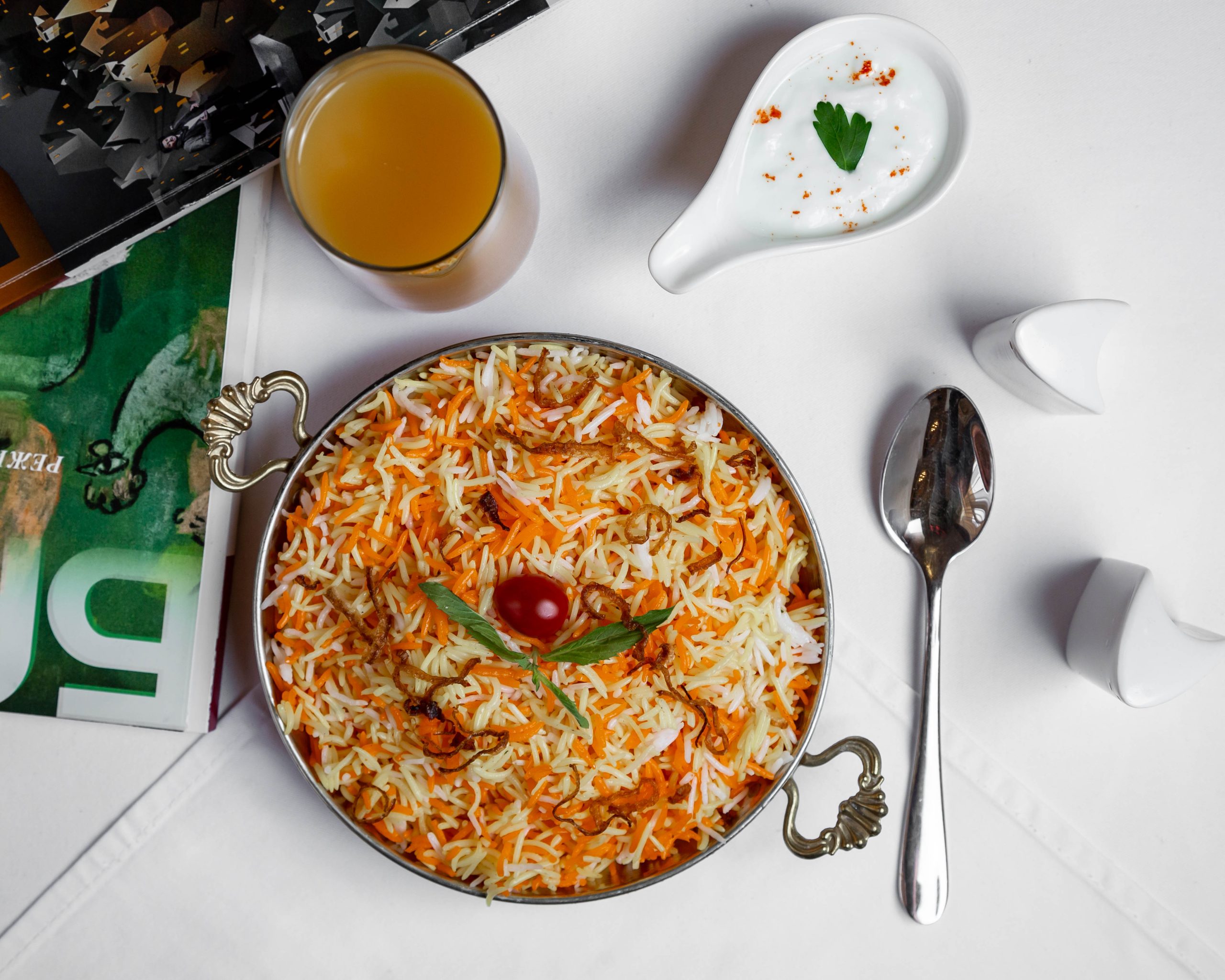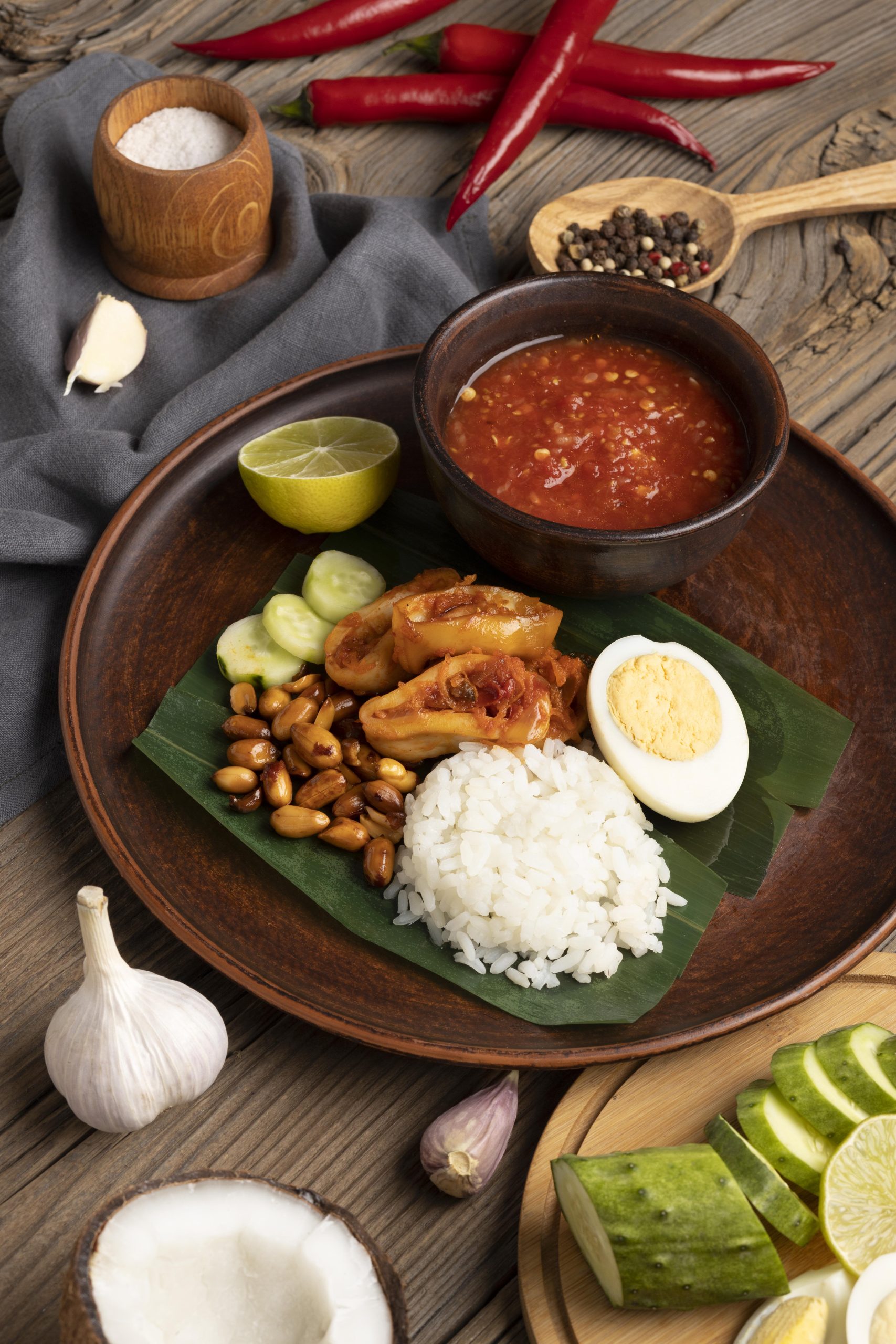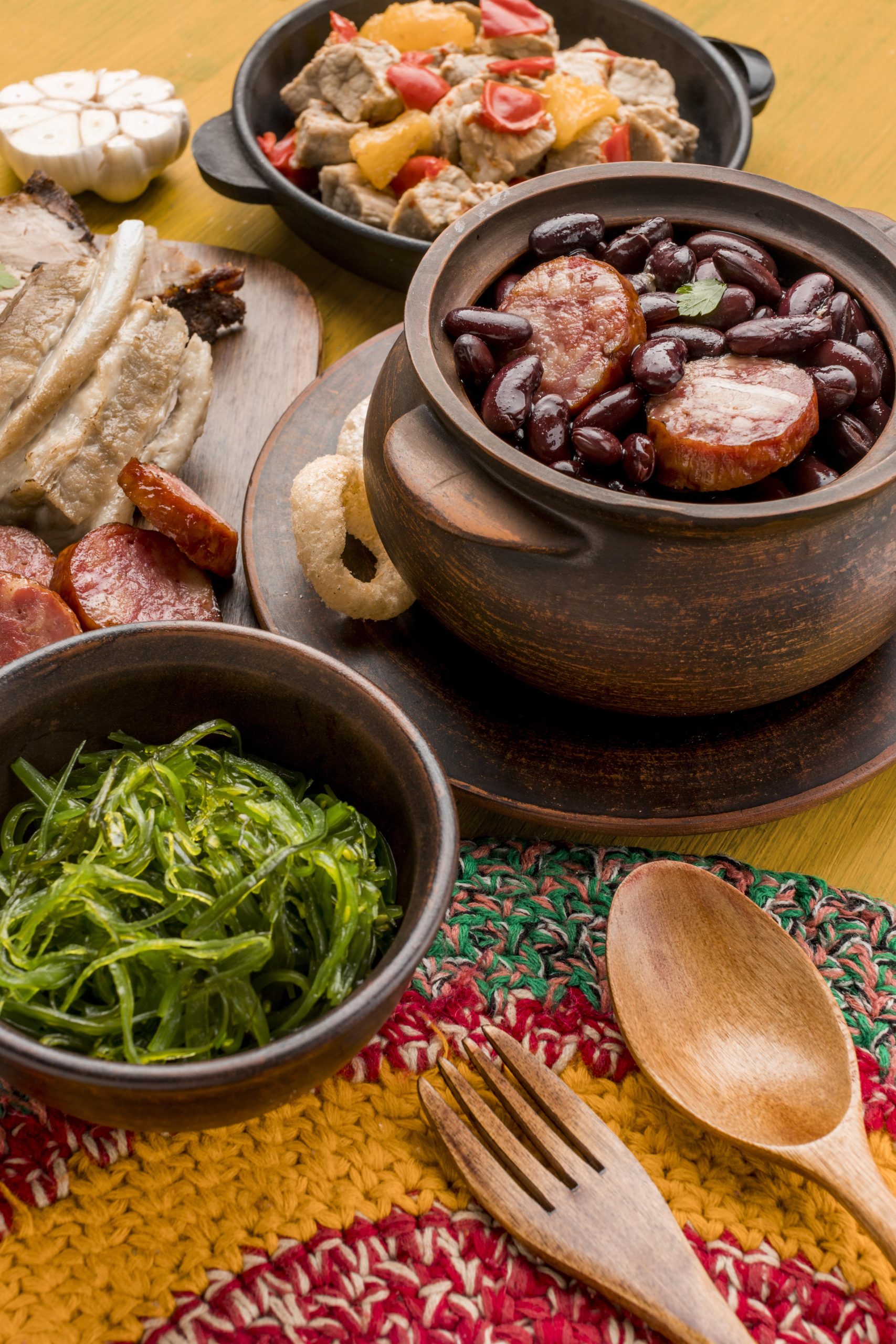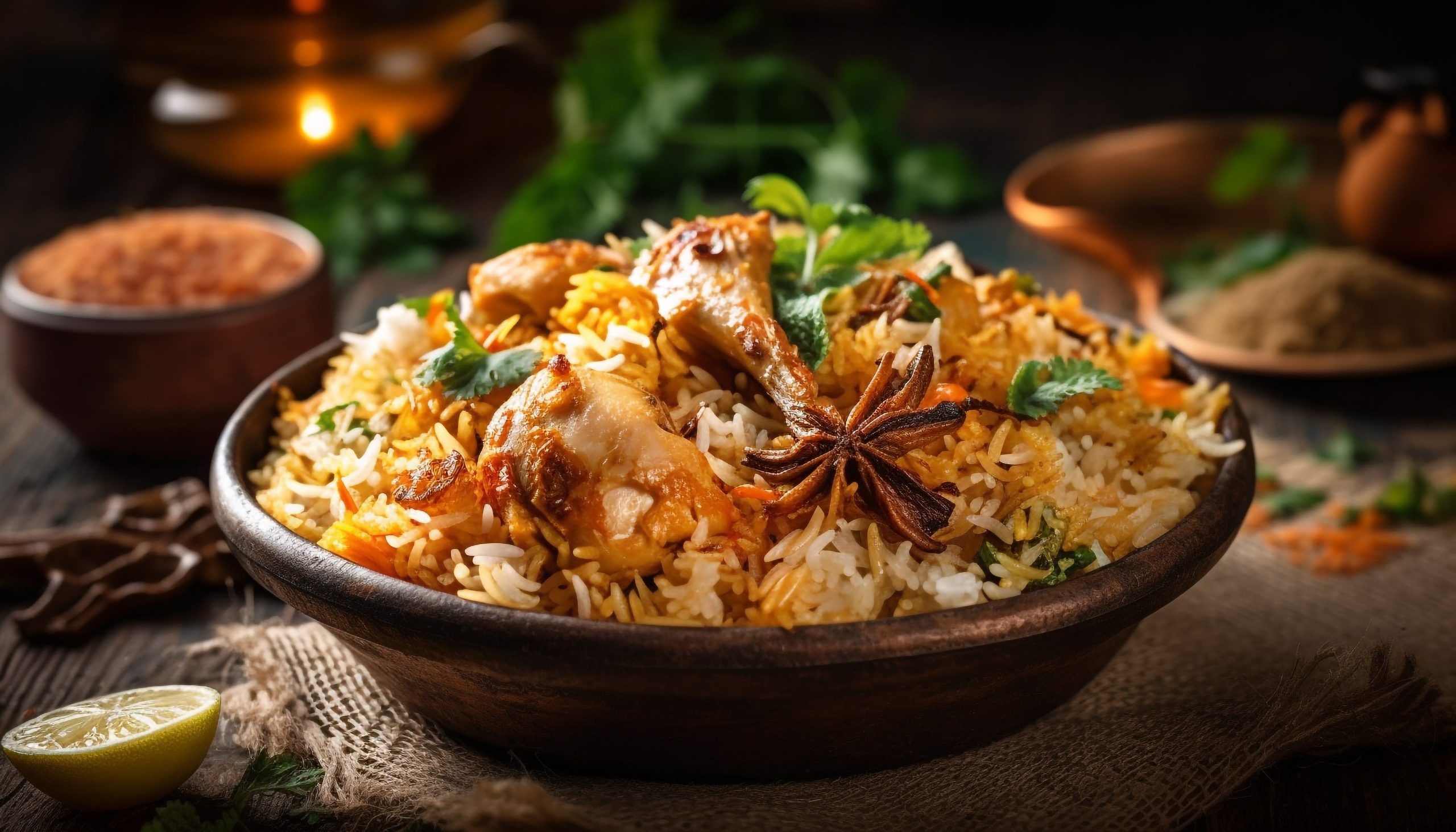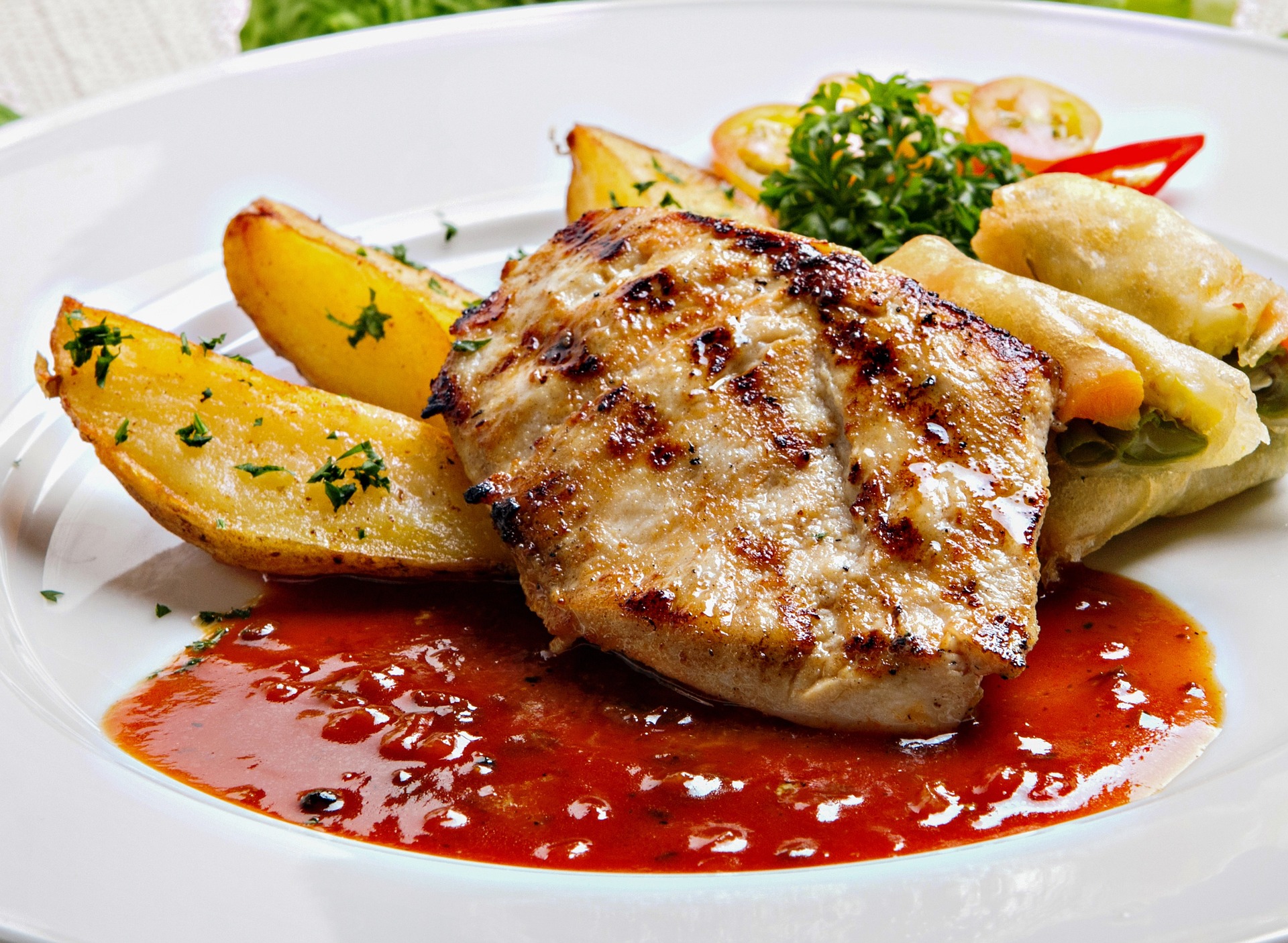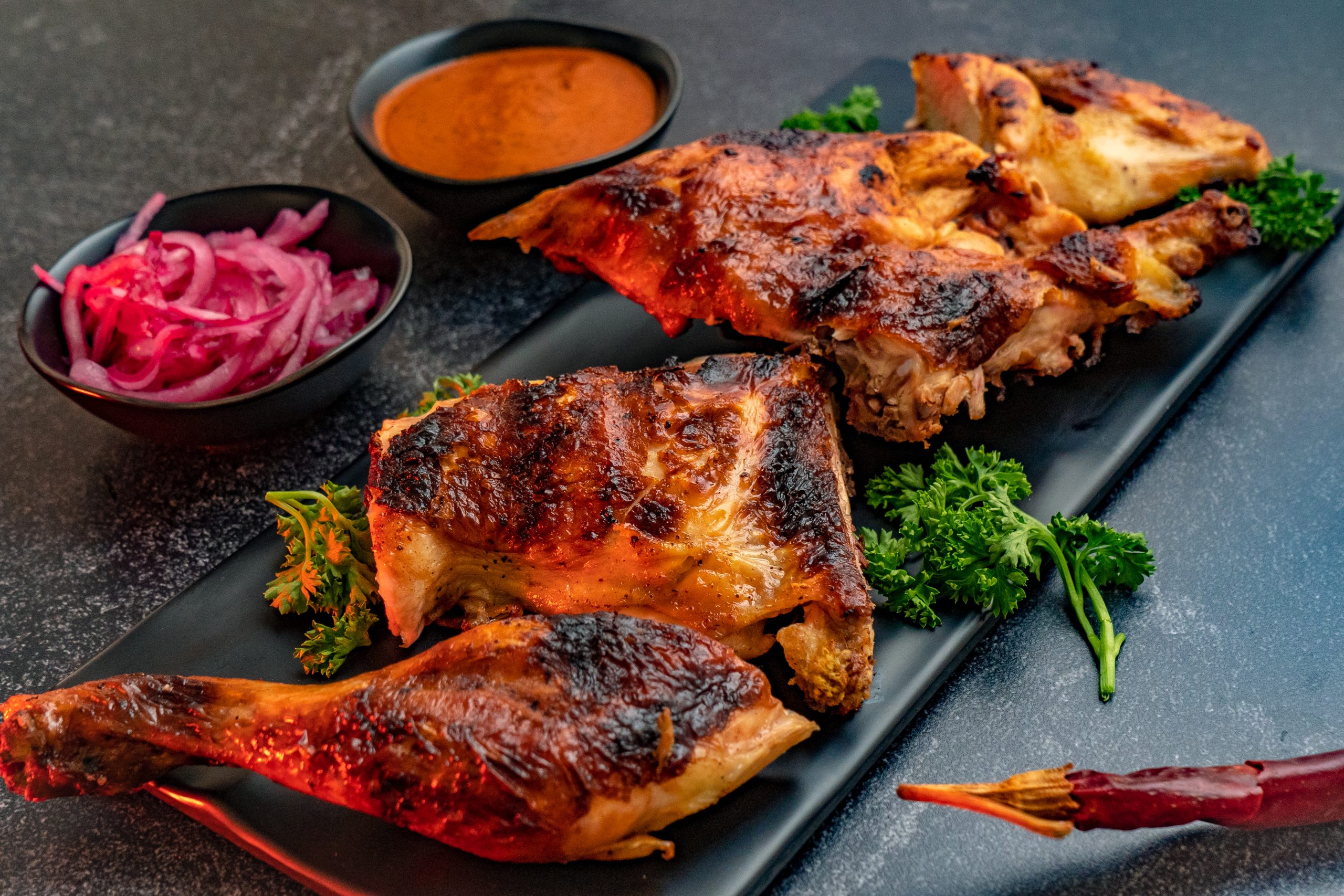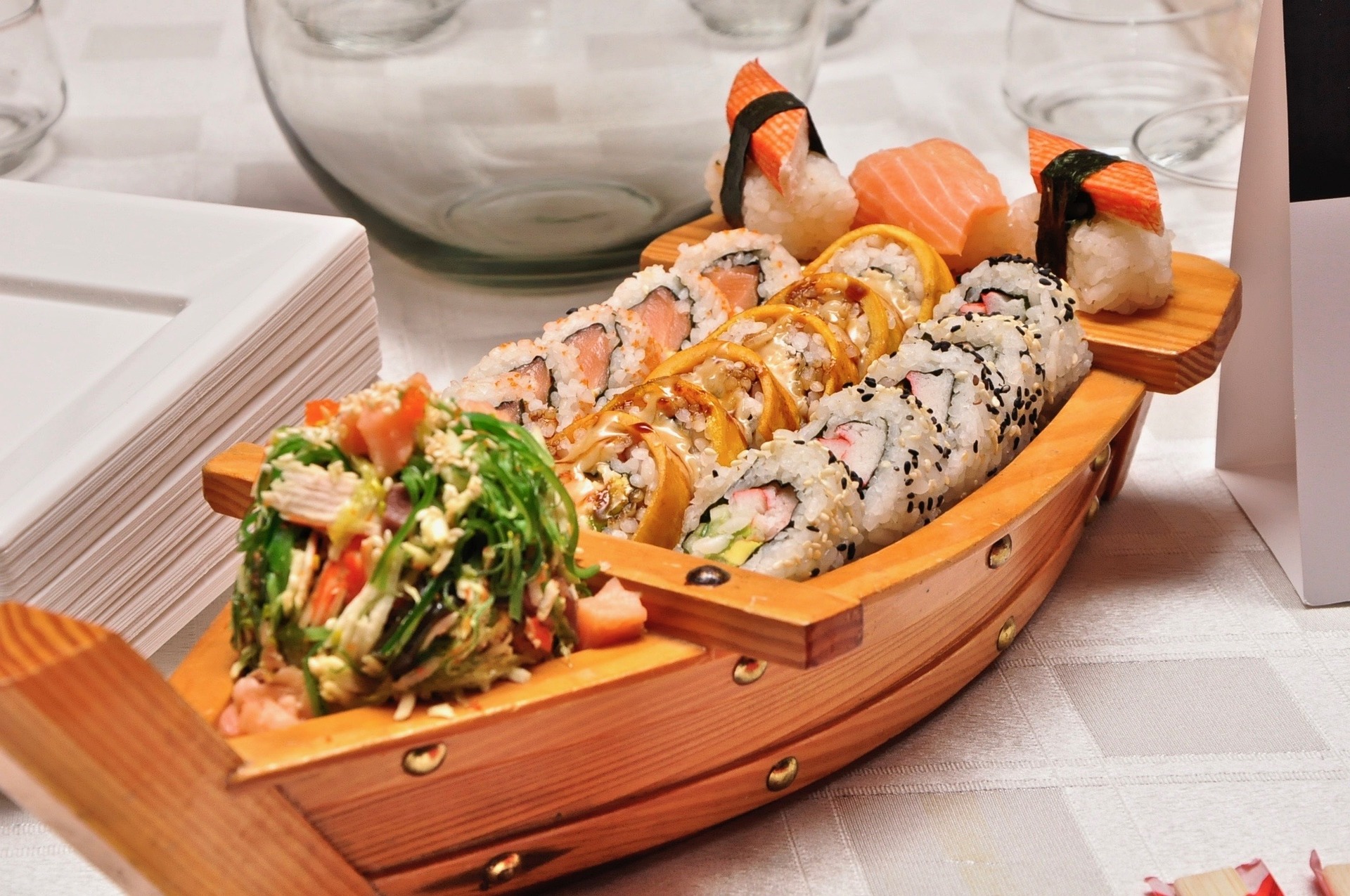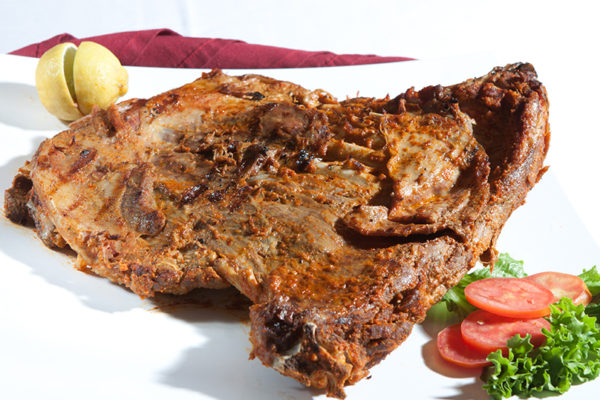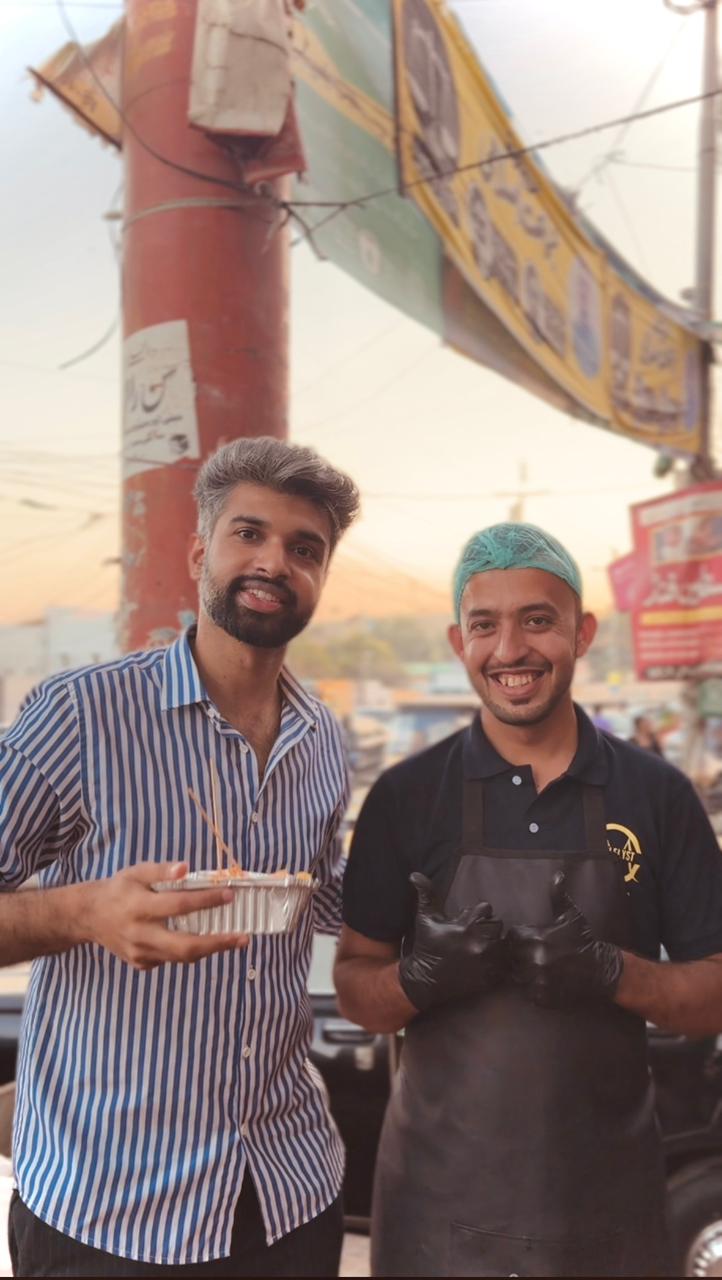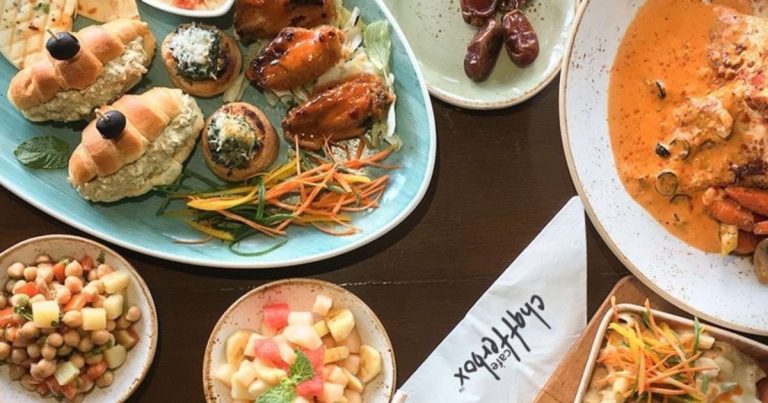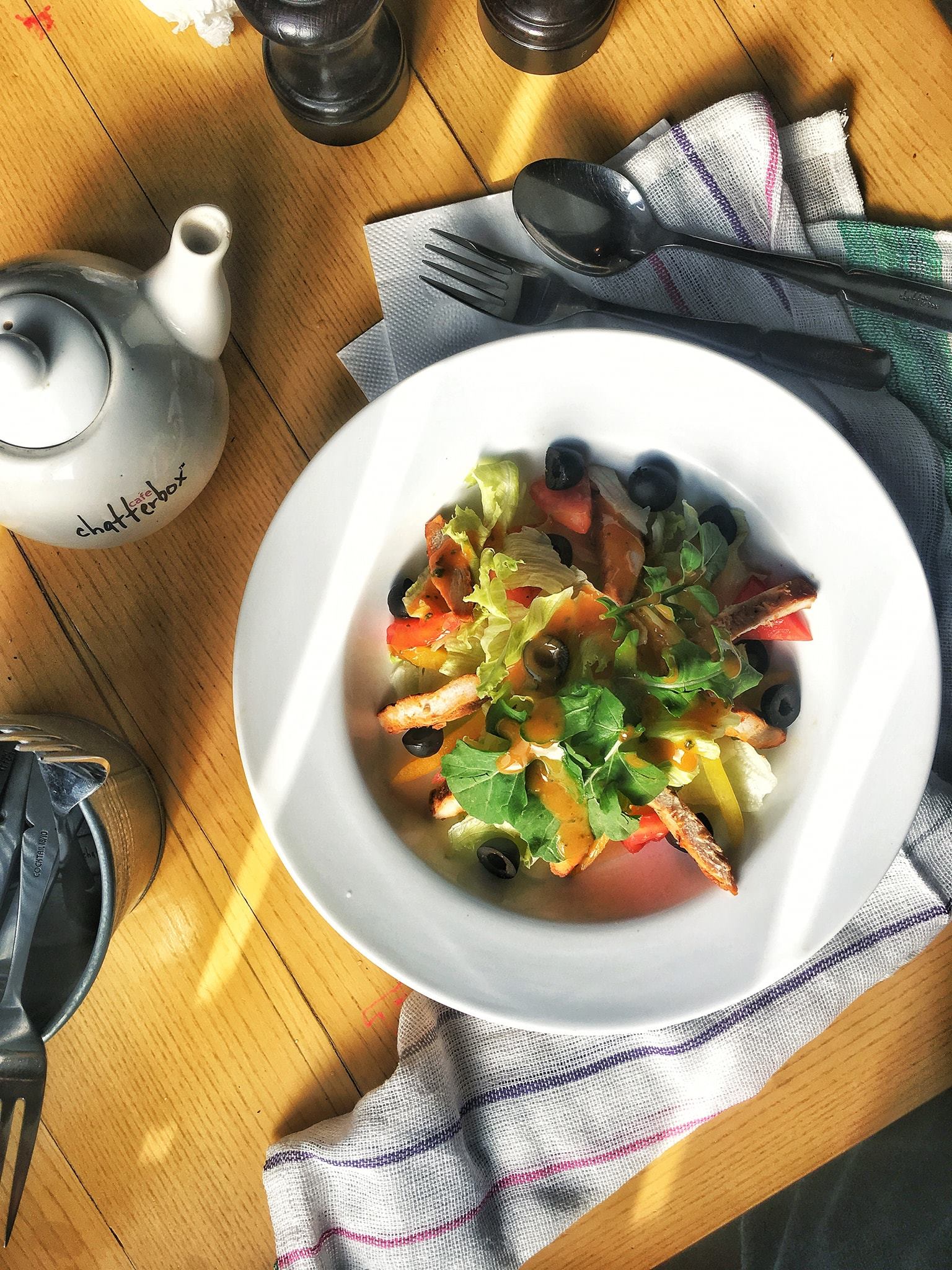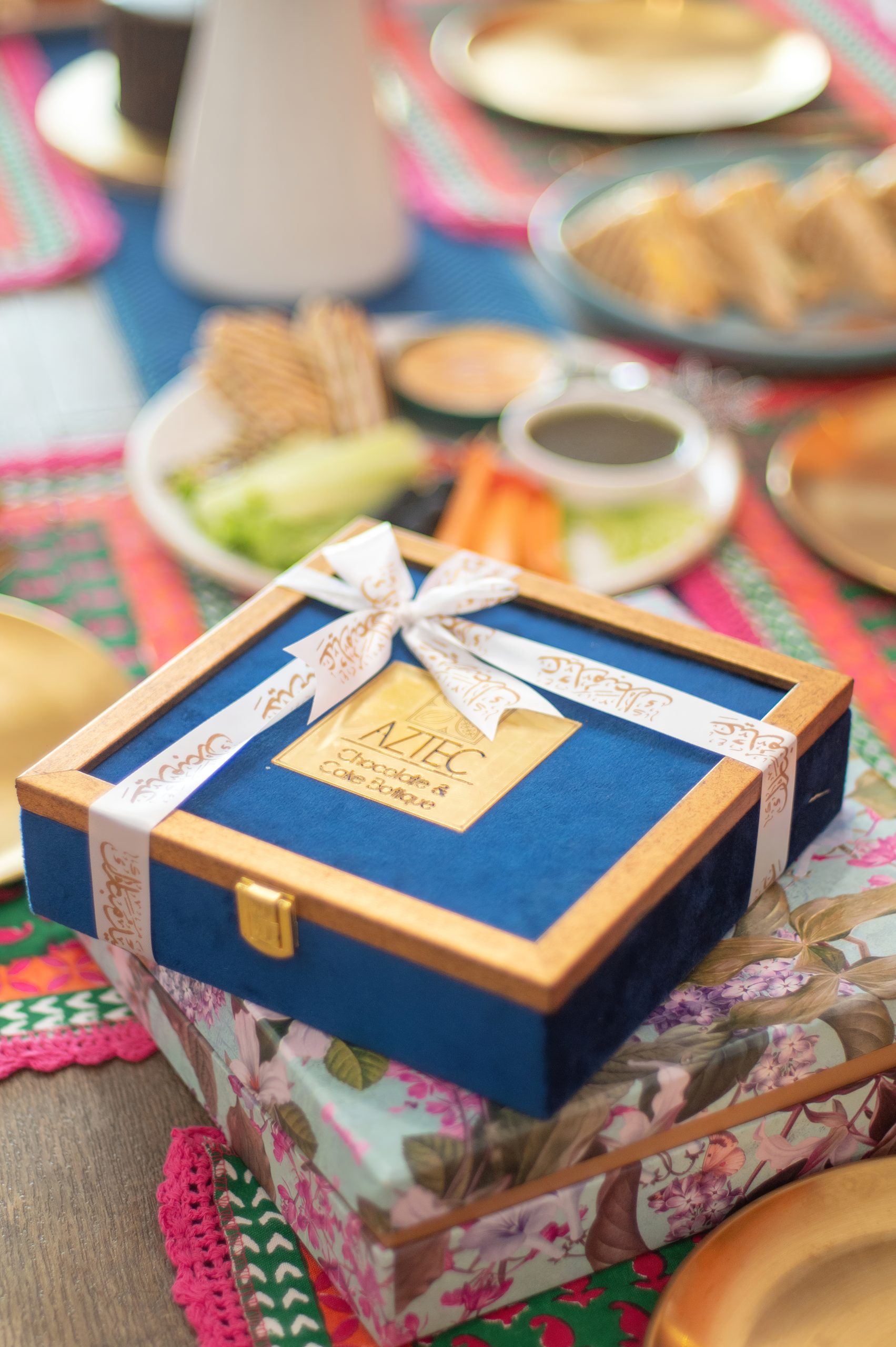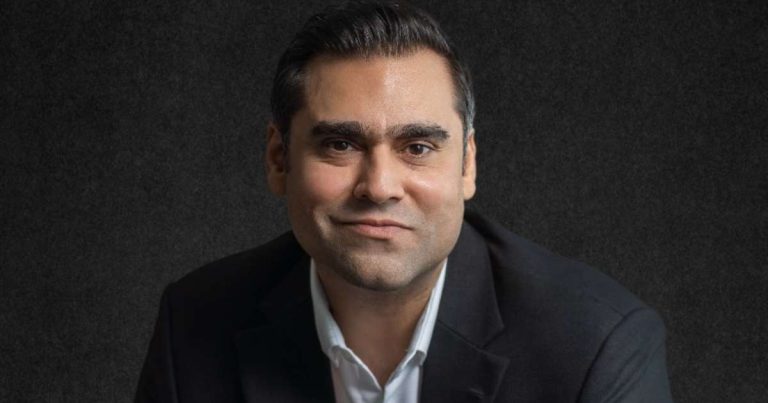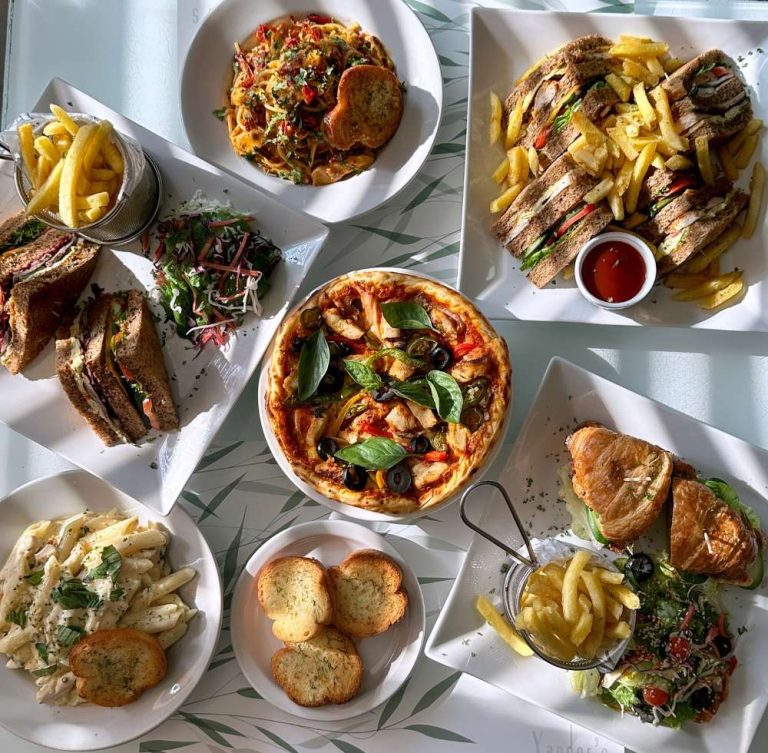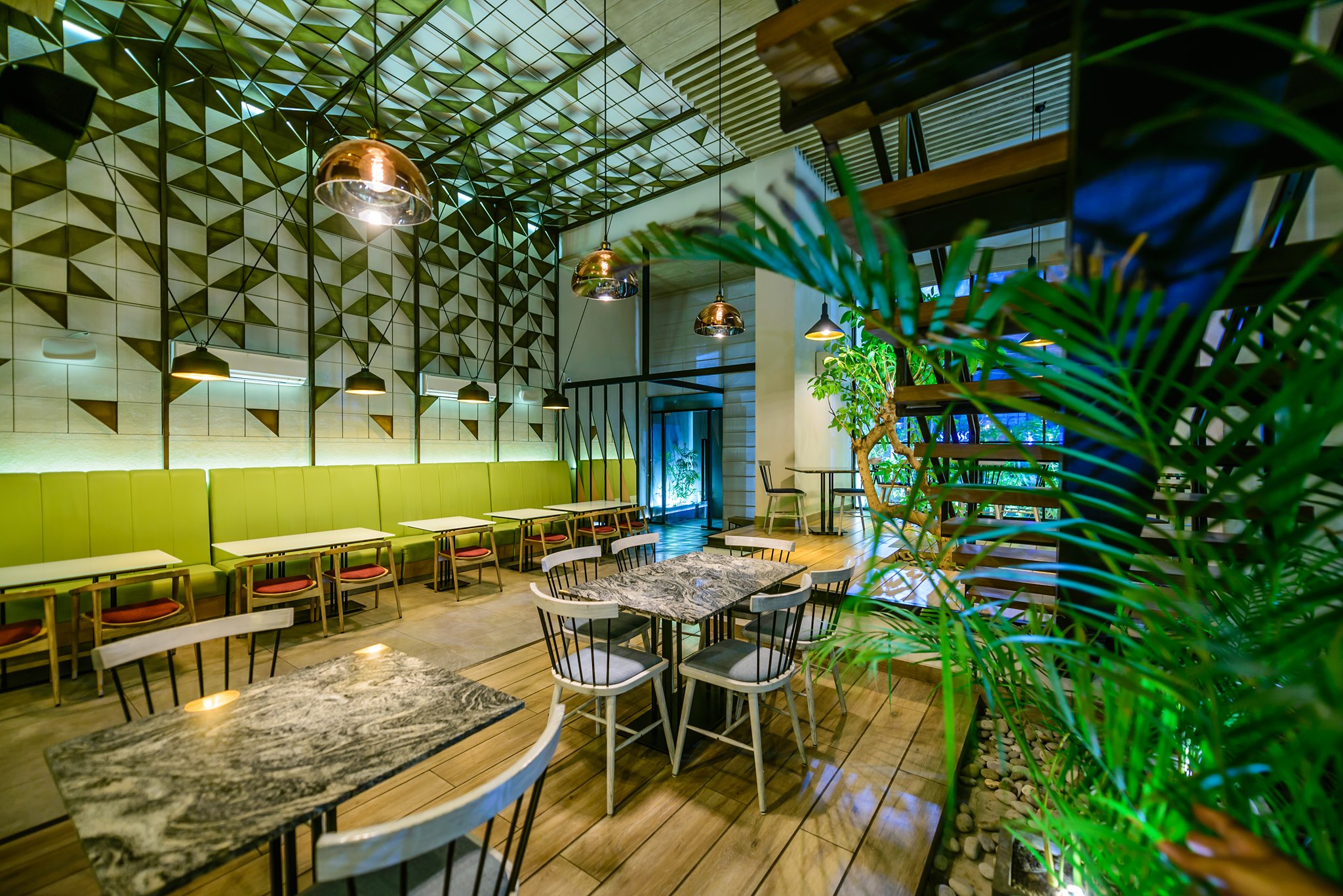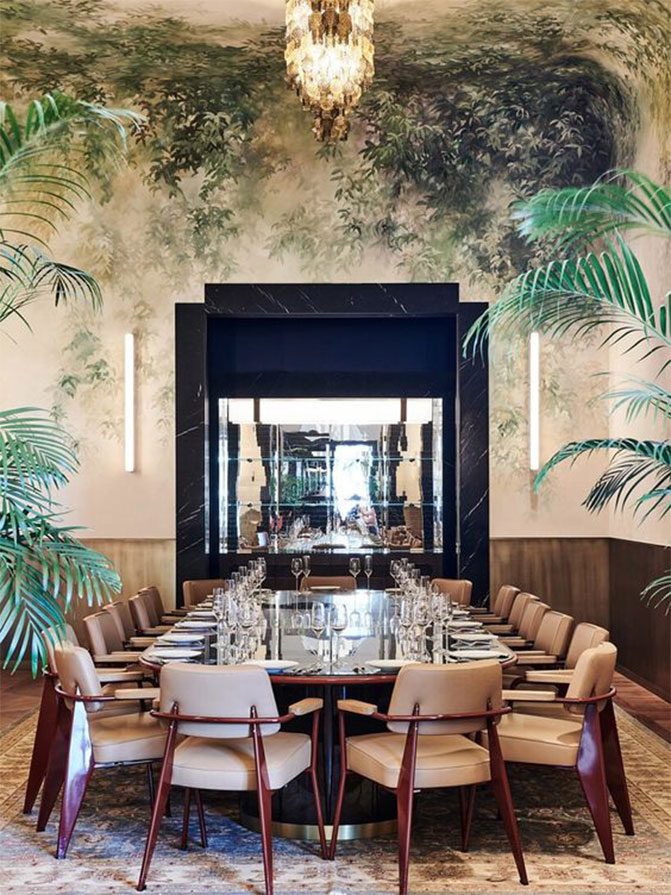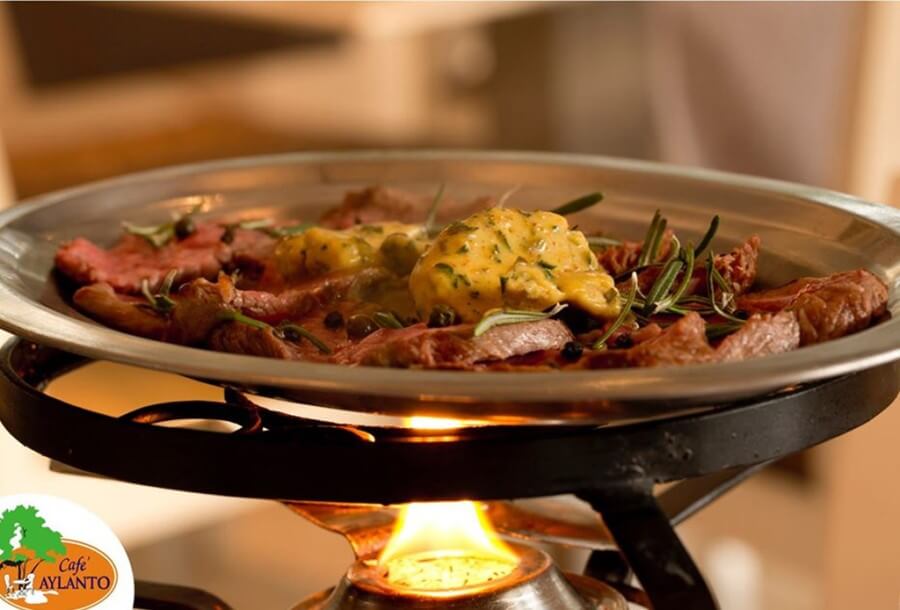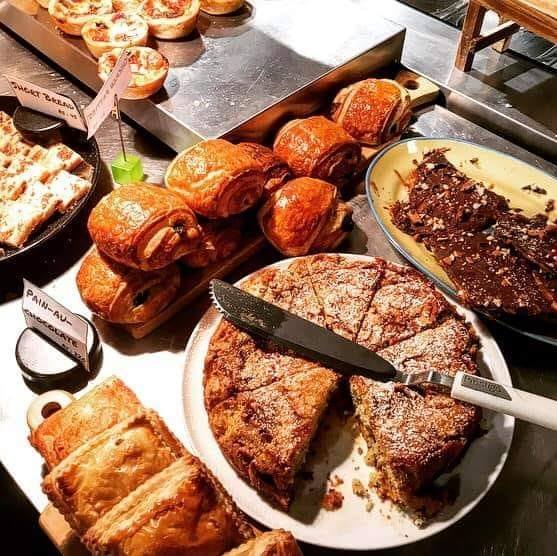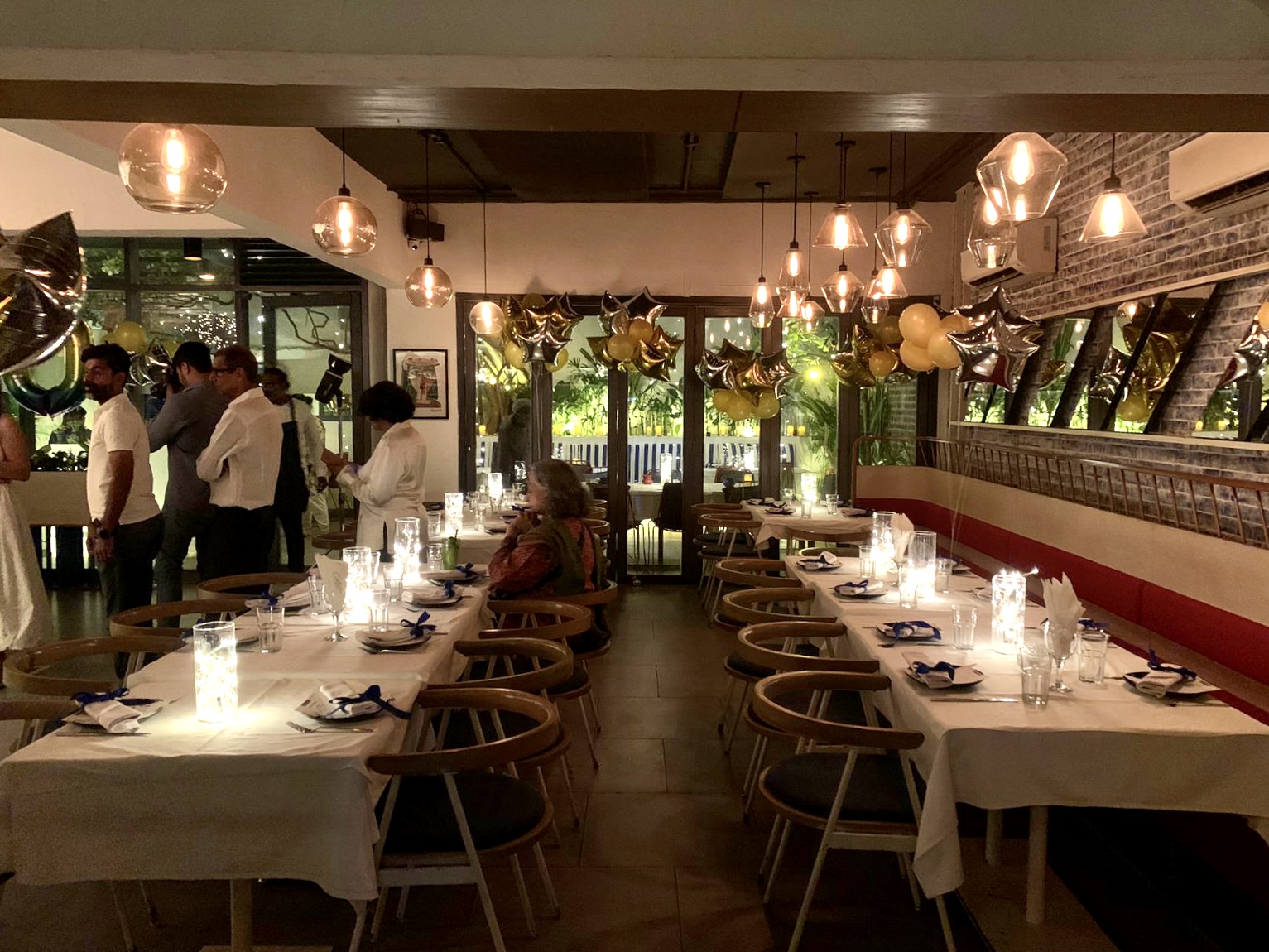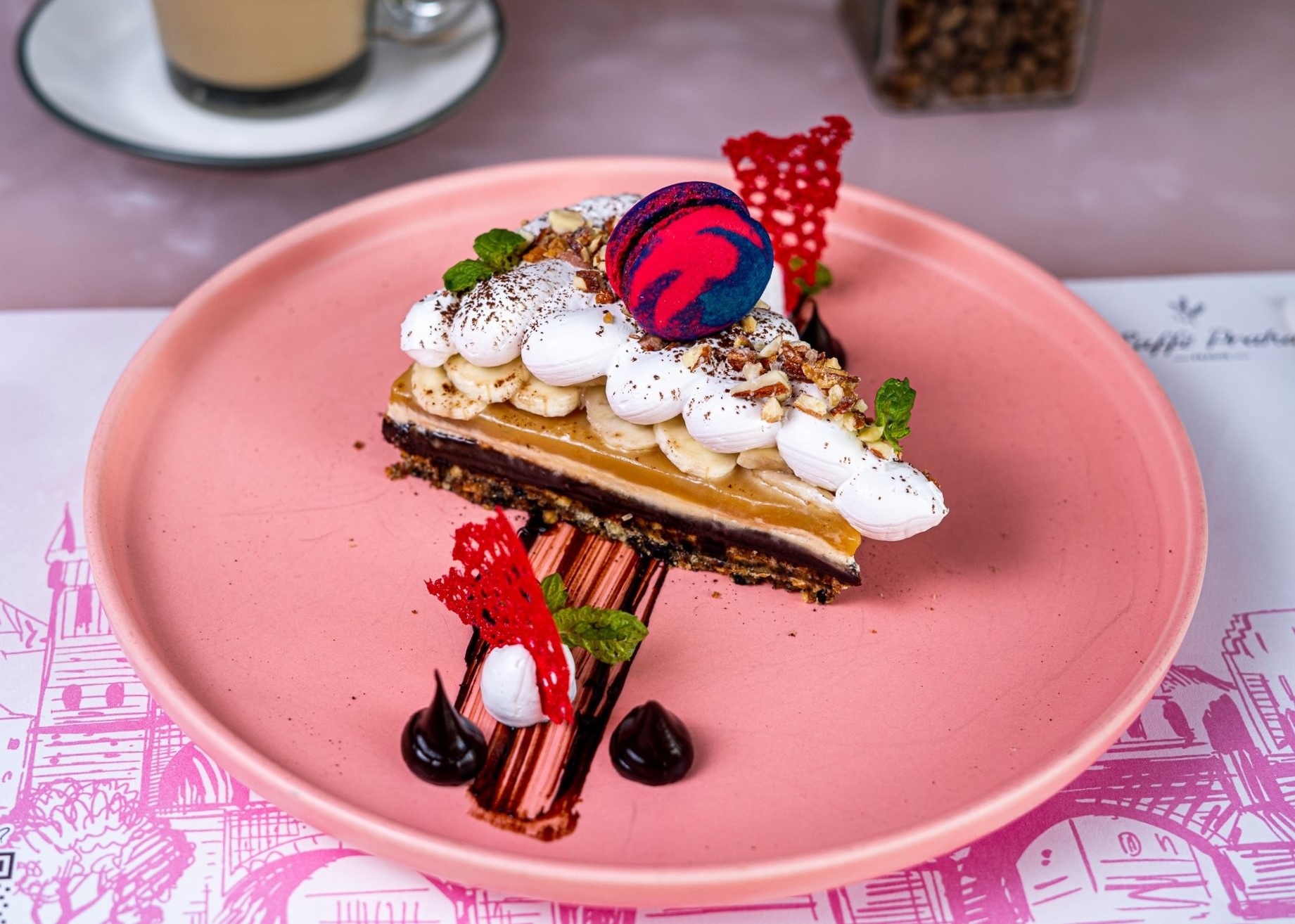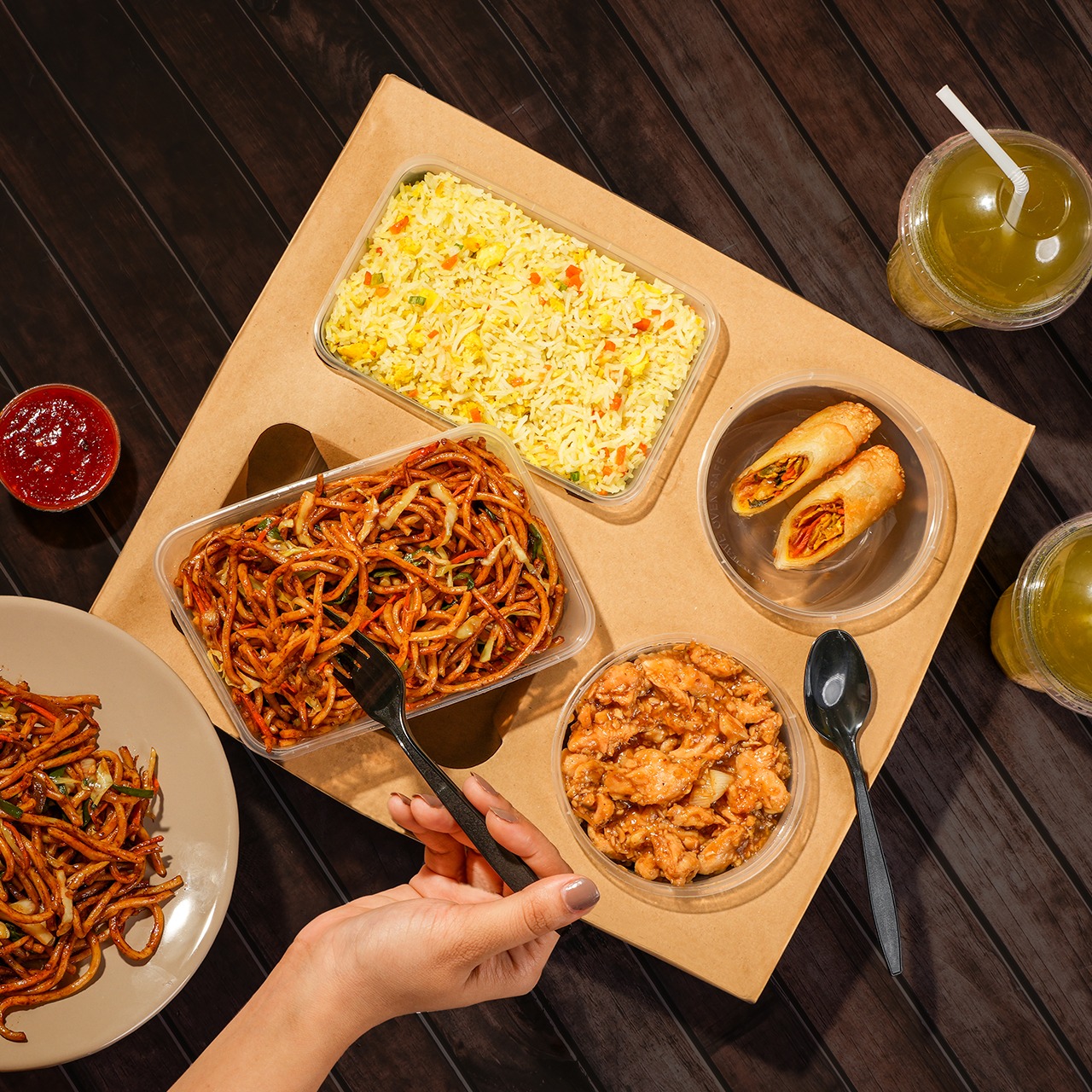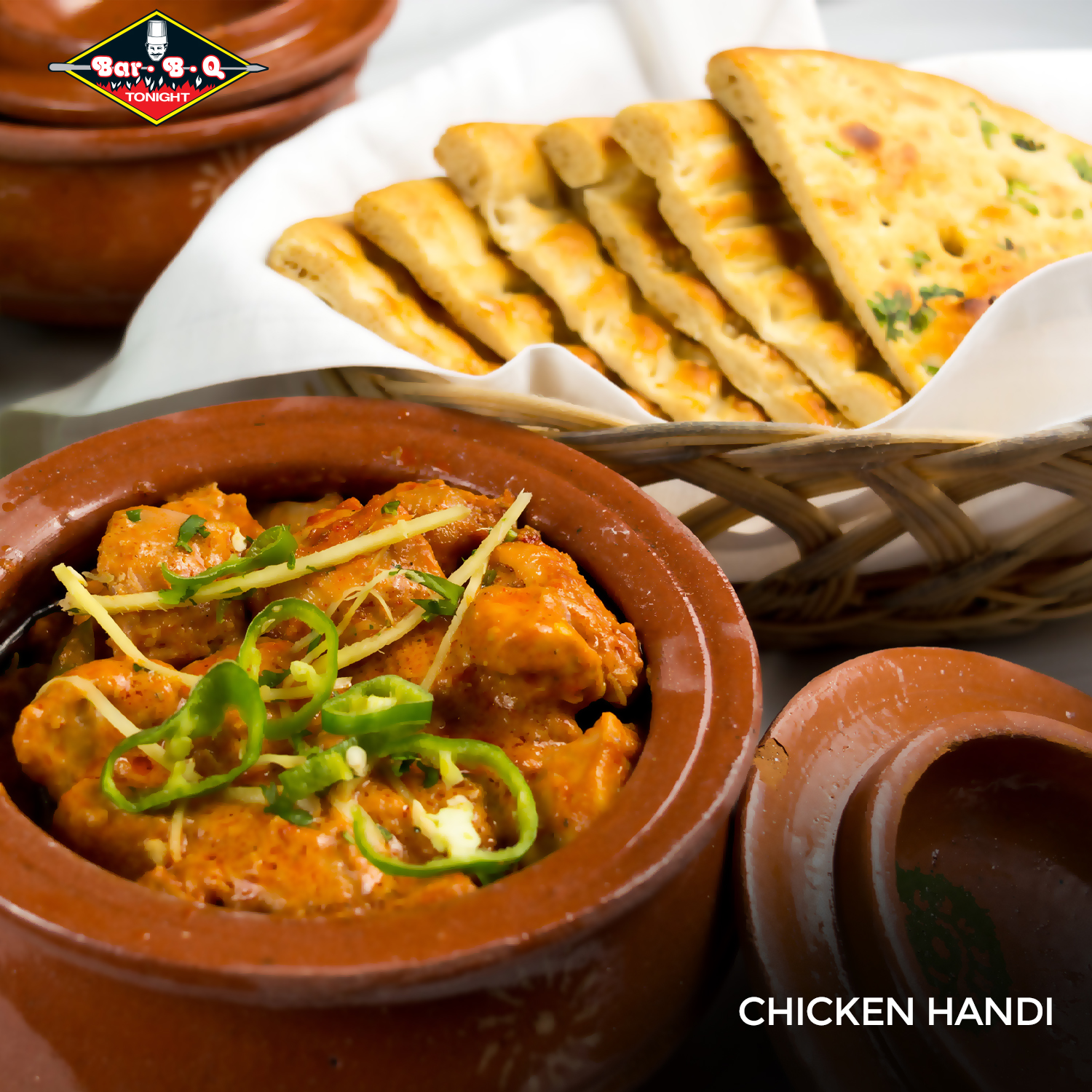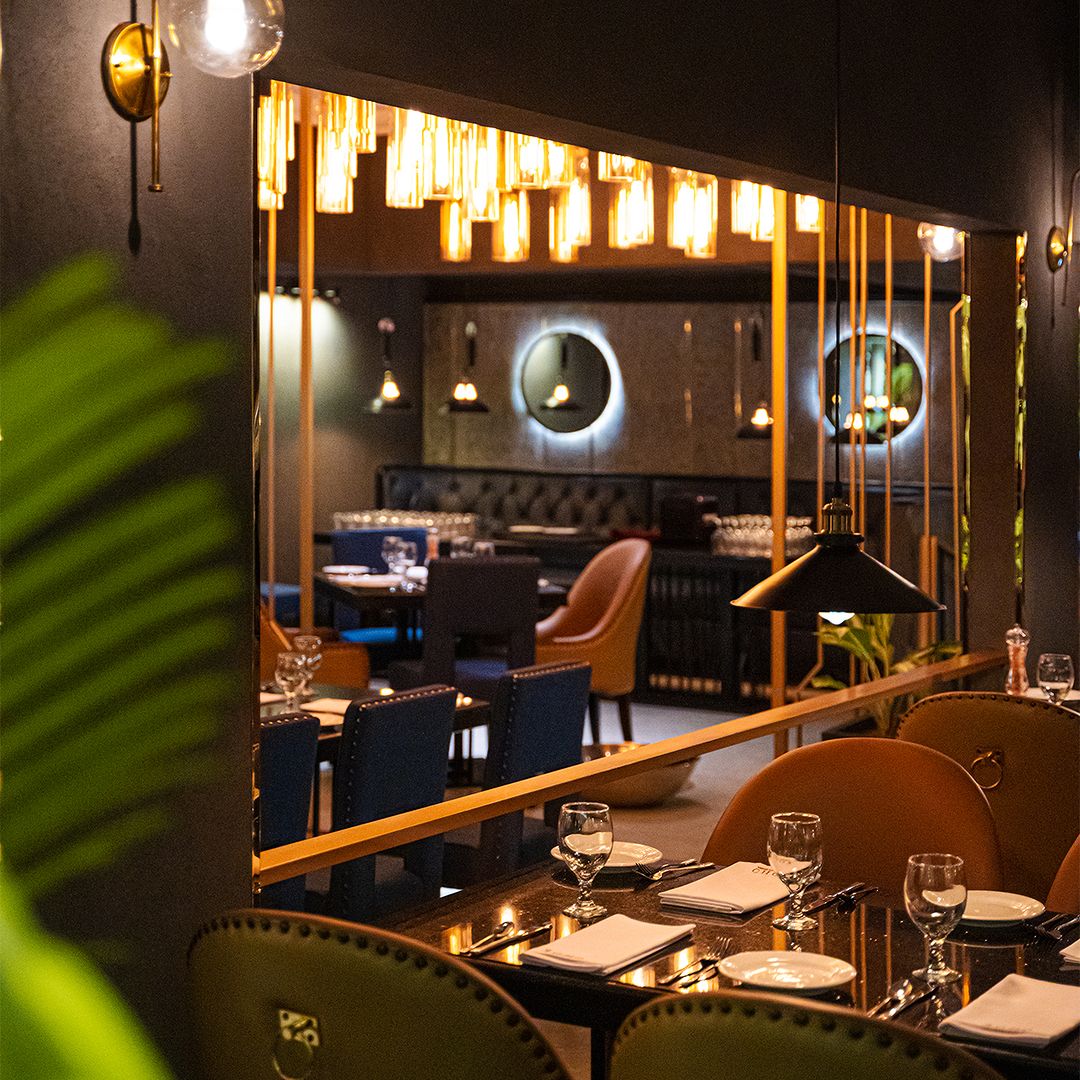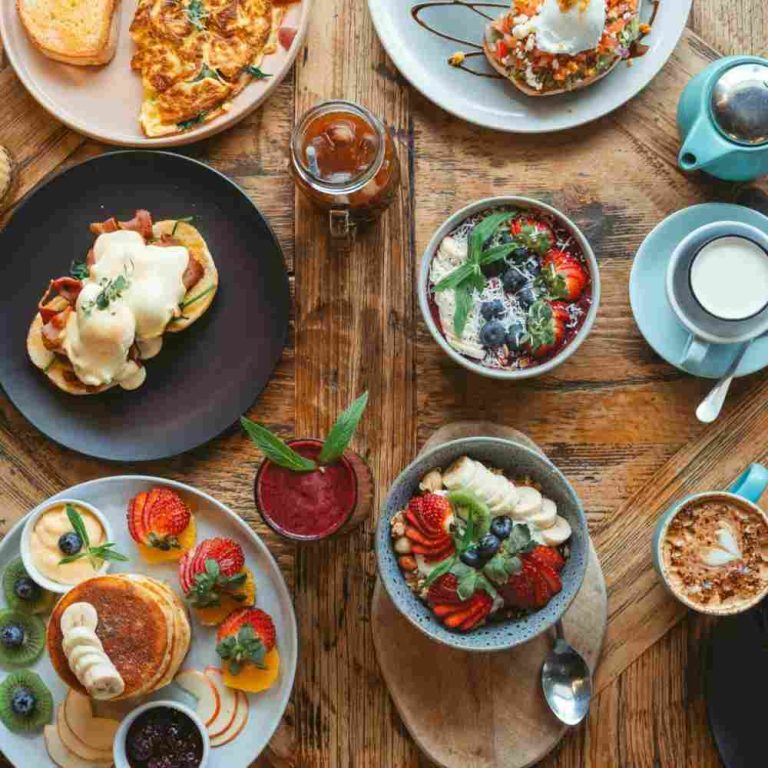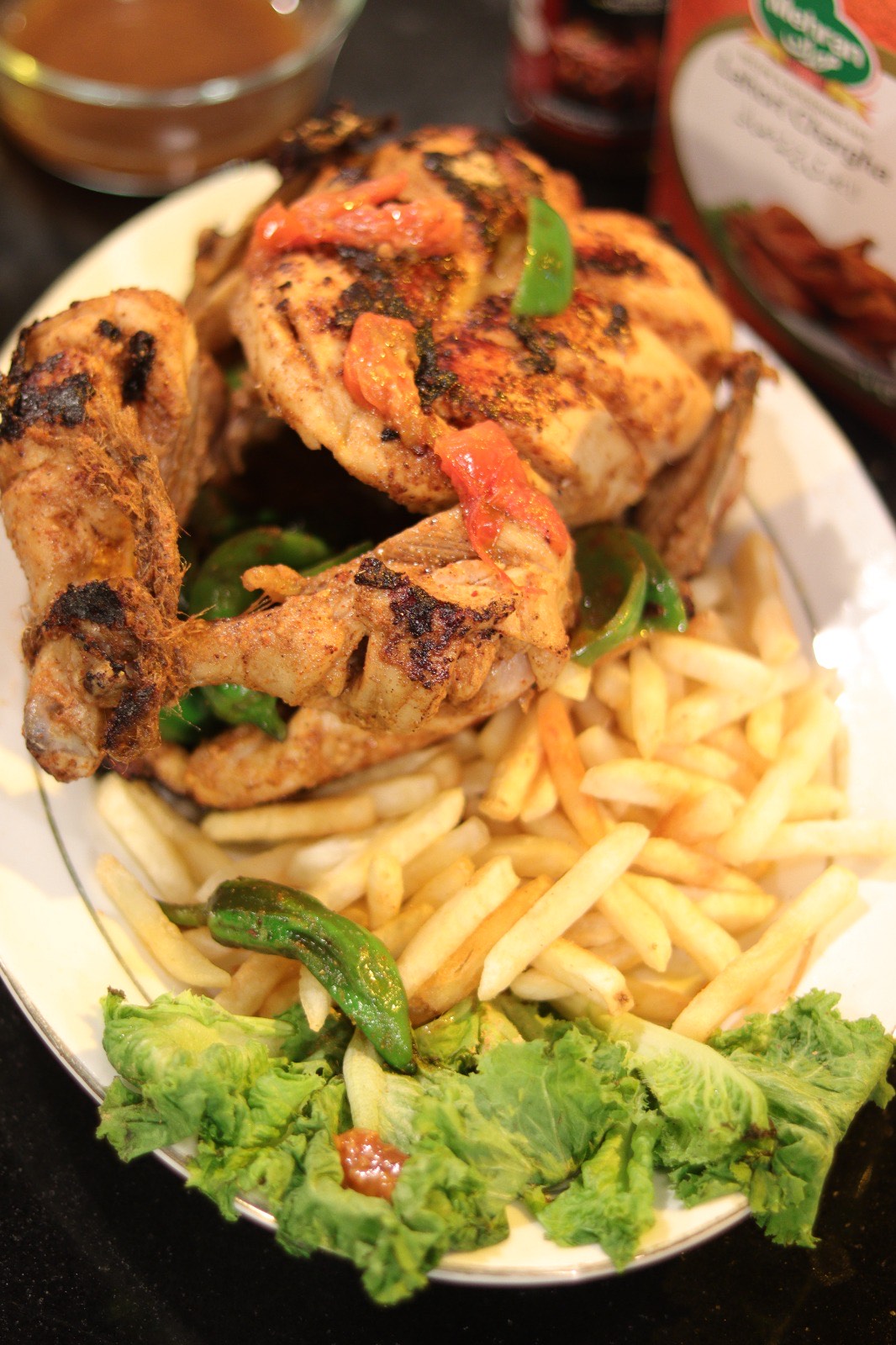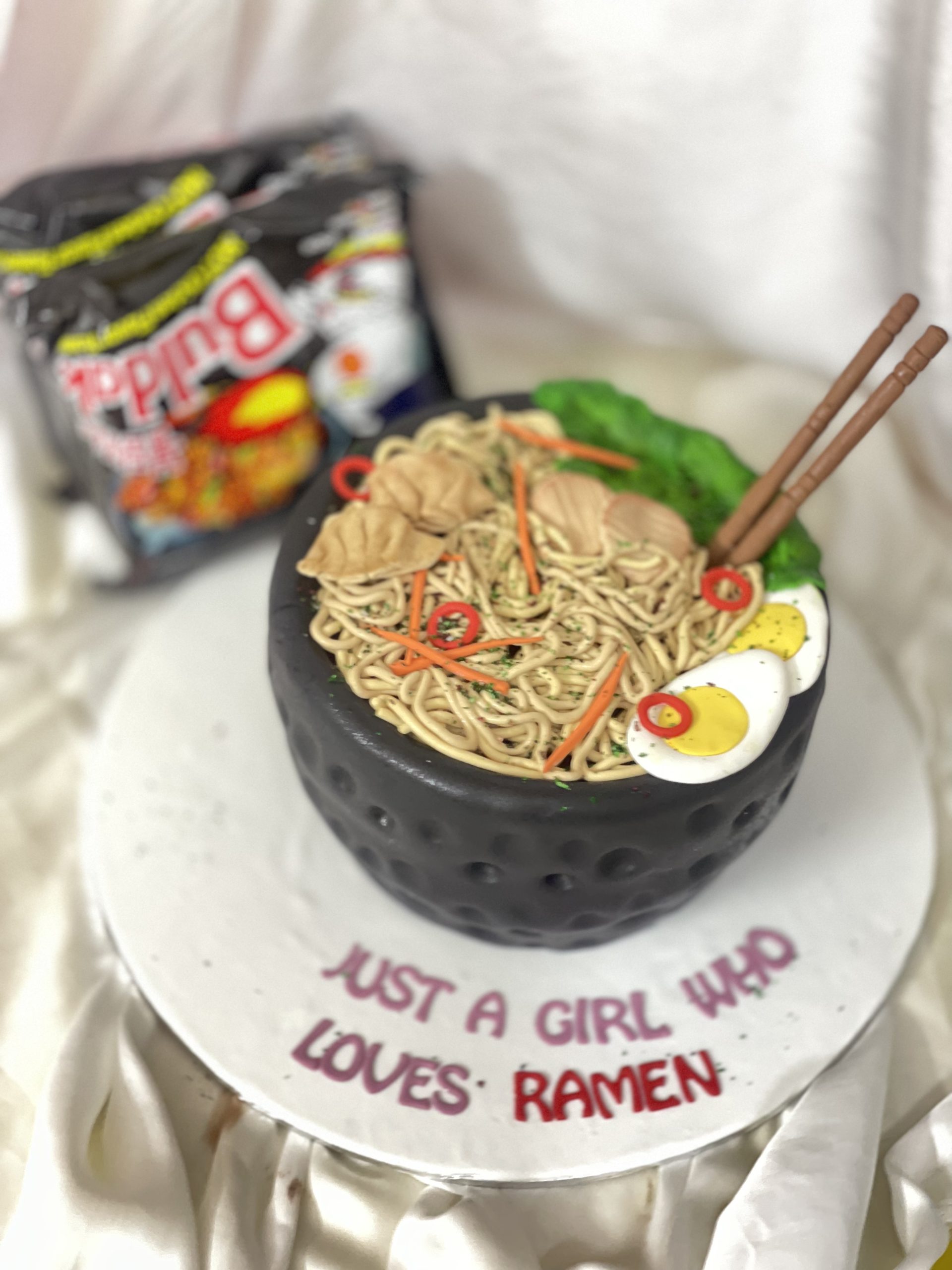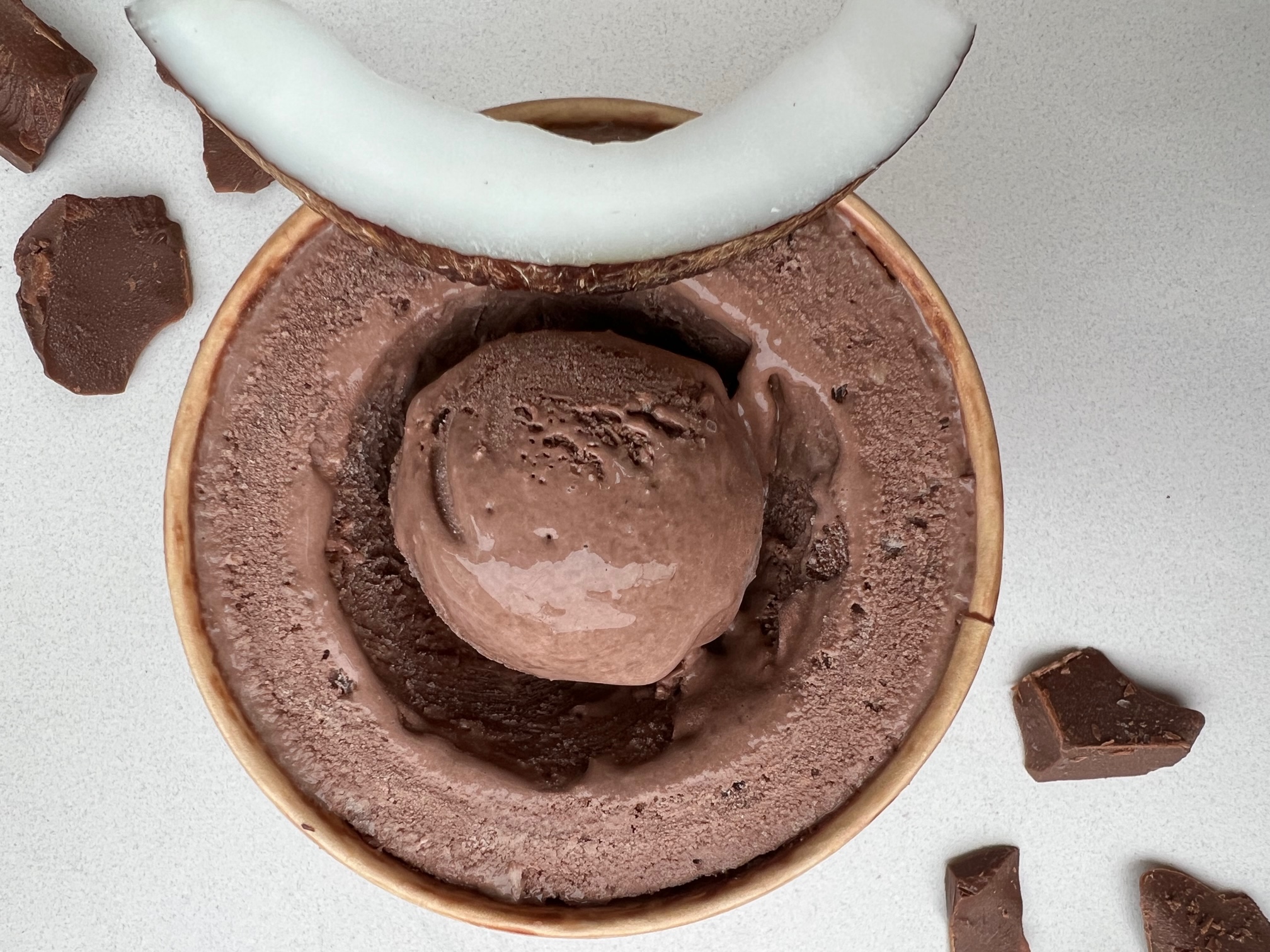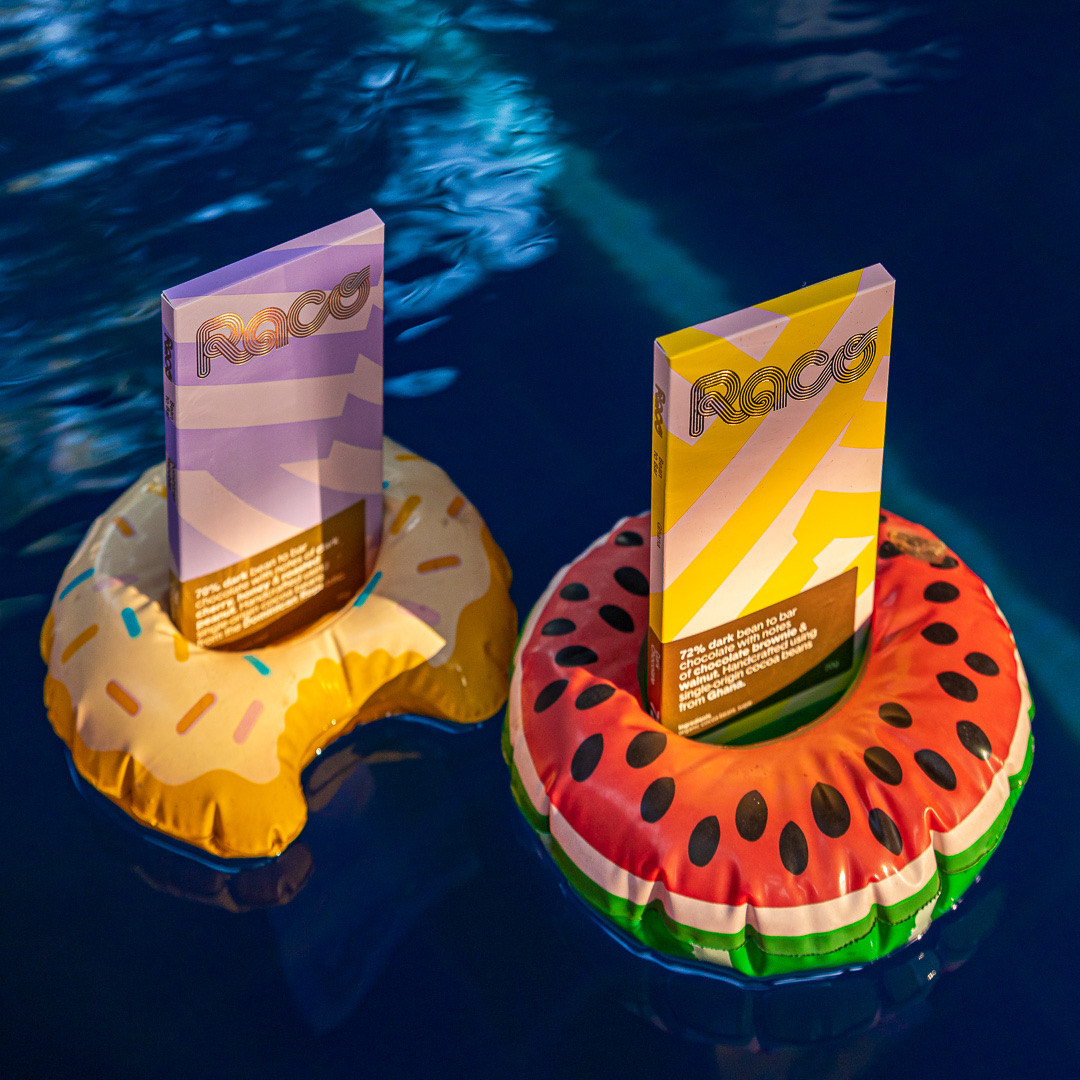Packaging in Pakistan’s FMCG sector is more than just aesthetics; it’s a crucial marketing tool that can significantly impact a product’s visibility and sales. From ensuring packaging stands out on crowded shelves to enhancing the overall brand experience, effective design requires meticulous attention to detail and a deep understanding of consumer psychology.
If you are a married man, you will have definitely experienced the meticulous care a woman takes to wrap a gift. She carefully selects the wrapping paper, the card, the ribbon and makes sure that the wrapping is done in as neat a way as possible. You do not have to be a contestant on Masterchef with the dread of dishing up your creation in front of Gordon Ramsay to know how important presentation is. Coming back to the house wife or wife as a hostess, she would rather die than serve up dinner to a guest(s) in a less than perfect casserole or dish. It would just be lazy and impolite and ultimately reflect badly on her.
That kind of attention to detail may seem present in our market for packaging of FMCG products or other products, but actually the brands and agencies working in this space are not in reality paying attention to effective details. My first practical exposure to the way packaging is done was back in 2002 when I interned at JWT and the account group I was part of, was servicing National Foods among other clients such as Rafhan Best Foods and Knorr. In the office, I watched as Atif Noman the Account Executive proofread and checked the designs for the National Foods masala packs. The design went through more than a few changes and alterations. At times, to me it seemed a sort of OCD. Would customers actually check the font and the wording and the colour gradient of the pack? At times, I think it was just time being expended.
My account director had thrown me in the deep end, just like Imran Khan giving both a young Wasim Akram and Waqar Younis a baptism of fire by asking them to bowl the opening overs in ODIs. After getting some clarification, I started off on my project. The stated objective was to check whether the client’s products such as Knorr cubes and noodles were getting places of prominence in stores. I had to visit a whole range of shops ranging from kiryana stores to Local Modern Trade and International Modern Trade. I was allotted two weeks to complete my survey and compile my findings. Like the knights of King Arthur seeking the Holy Grail, I set out on my quest.
Spending a good time in the market in various areas of the city such as Mehmoodabad, Nazimabad, Kharadar, Korangi, Shah Faisal, PECHS, Clifton, DHA, Federal B Area, I got an in-depth exposure to the ground realities. Visiting different stores showed me the attitude of the shopkeepers and their behaviours. It came as a surprise to me that due to the recently changed colours of the Knorr tomato sauce bottle, I was not able to spot it on the shelf even when it was literally right in front of me. The client had opted for a dull yellow, green and red colours while its competitors like Mitchell were using a very visible white and red. Considering the premium placed on space in stores of all sizes and the need for the brand to be seen in order to be bought, packaging was very, very important. And as per my submitted findings Knorr especially was losing out.
This for me was a very key learning and lesson, design in the agency or on the presentation screen should not be approved unless it can stand out and attract in the real and messy retail space. Creating designs and packaging in an artificial environment is as good as wasting money, time and efforts. In Pakistan, packaging is not the science it should be. Malcolm Gladwell in his best-selling book ‘Blink’ dedicated a whole chapter to packaging as to how it is practised and done in the USA. US marketers and brand custodians know that advertising is not the only way to change the beliefs and behaviours of customers and potential customers. They have experimented and learnt how effective subtle alterations and changes in a product’s packaging can convey and communicate things like freshness, reliability, trust and any other value the brand wants the viewer to experience. Just as there is a psychology of colour, the seasoned marketers and the experts in packaging know the psychology of packaging. The classic launch of Pringles is known to every marketing student, also underlines the role packaging plays in either supporting the brand’s communication and positioning or working against it. When the chips brand was launched, consumers complained about the taste, they felt the product tasted like tennis balls. After conducting research, the brand team found out that till that time the only thing that was sold in a cylindrical container was tennis balls. So, when people ate the chips, they immediately associated them with tennis balls. The phenomenon at work was something called sensation transference. This is the reason why perfumes come in exotic and fancy bottles, for many brands you are actually paying the hefty price for the bottle and because the bottle is so aesthetically pleasing you are ready to pay thinking the perfume itself is high quality.
Another area where packaging in Pakistan is lacking when it comes to food category is in enhancing the brand experience. Packaging should serve not only a functional purpose or aesthetic but also experiential. The packaging needs to reflect the brand values and personality in more ways than having the brand colour palette. This requires time and effort and skill. To achieve this, simple things can be added like a slogan or a message.
If you ever eat at Nando’s you would have noticed the napkins that have the humorous message of “Now remove all the evidence”. The take away packaging of the brand makes you laugh because it says “Your place or mine”. Another example is Broadway pizza, the brand is based on the world-famous theatre area in New York, so to convey that experience, the pizza boxes have the line “Every bite is a performance”.
Innovations in the area of food brand packaging have come and gone, such as Olper’s Ecolean microwaveable pouches or the iconic Nestle Milkpak triangle. Added cost, handling, and storage issues mean companies have been forced to go back to the drawing board. The field of packaging design is largely untapped at present, but in years to come, local brands will definitely be focusing more on this ‘P’ of the marketing pie.
